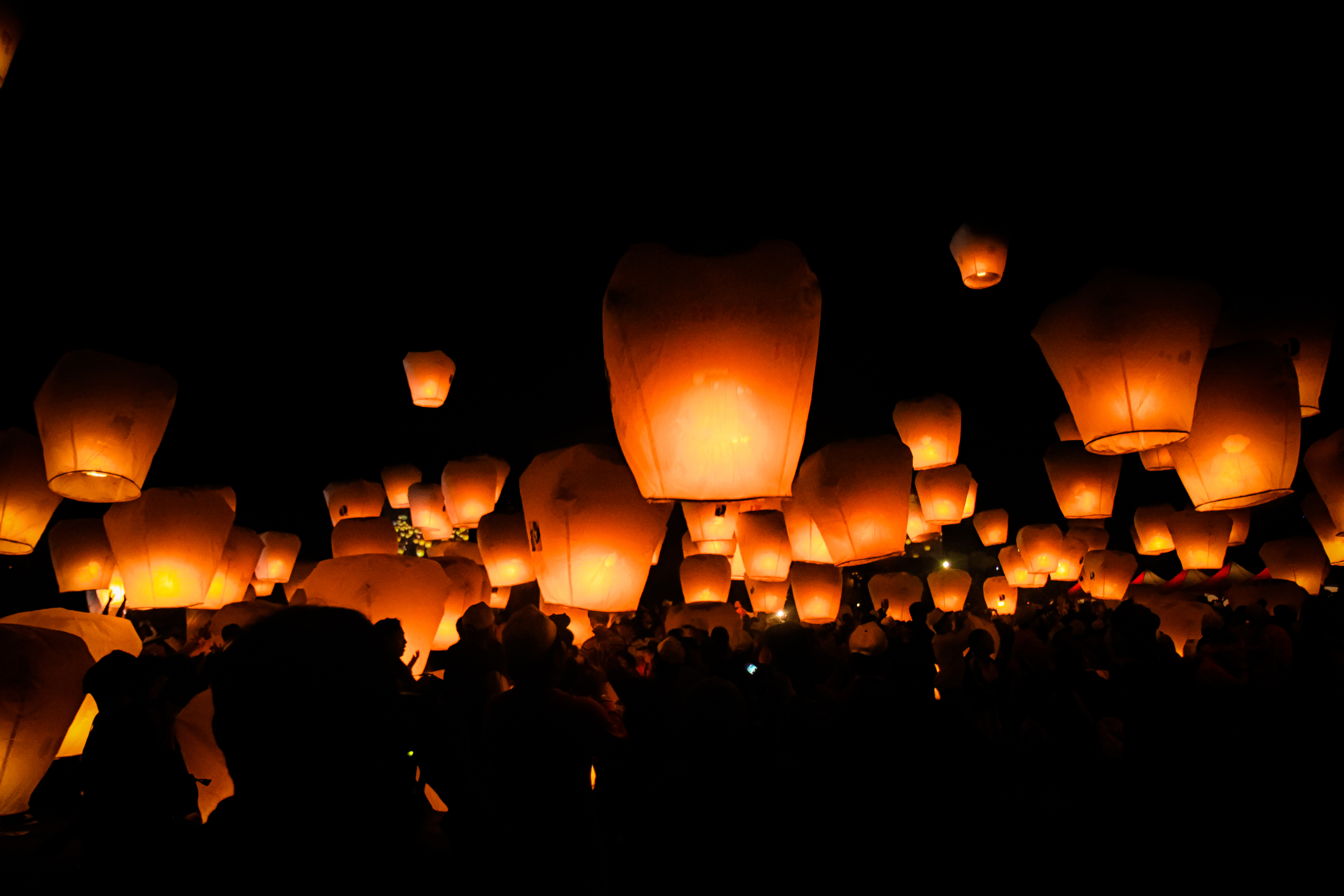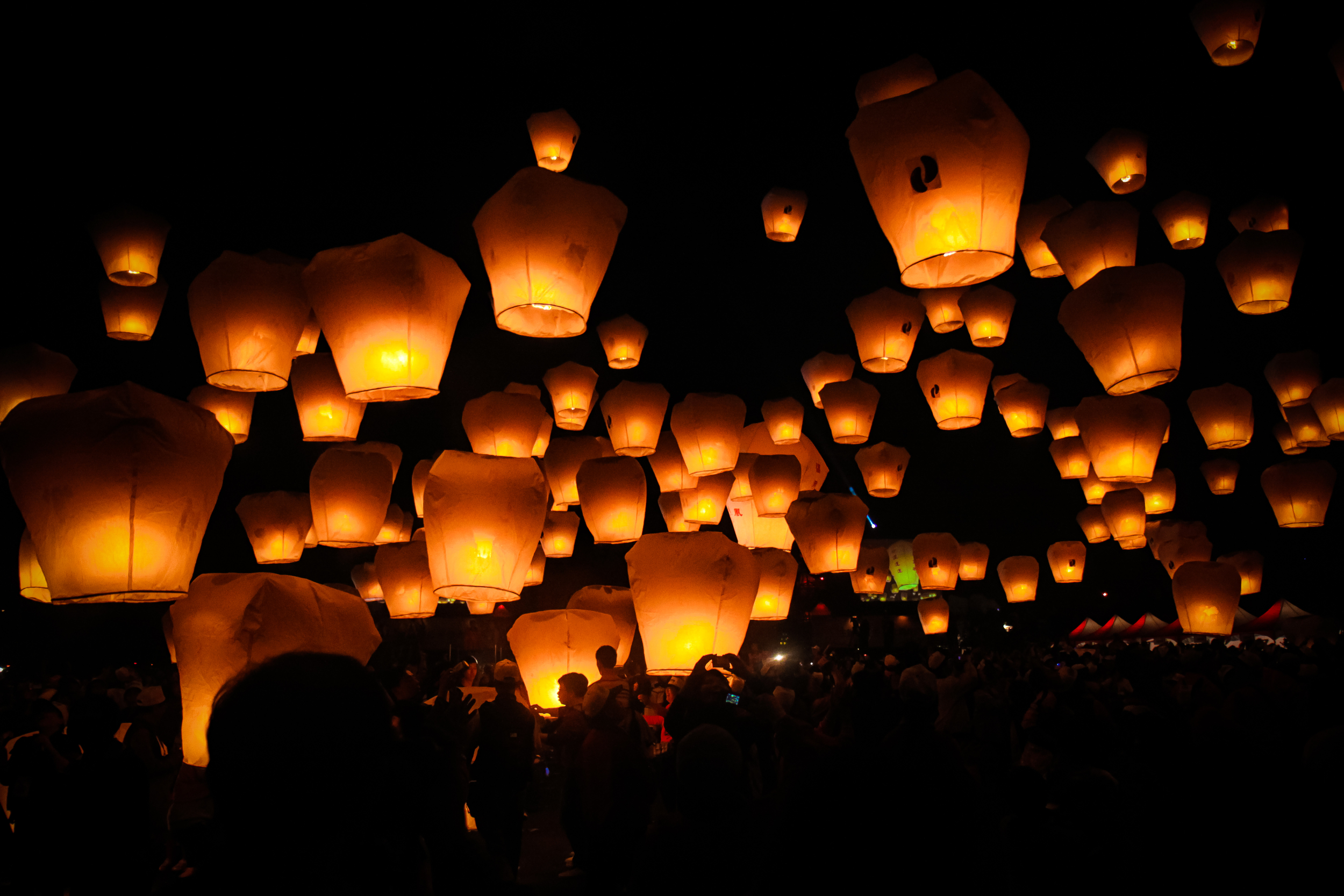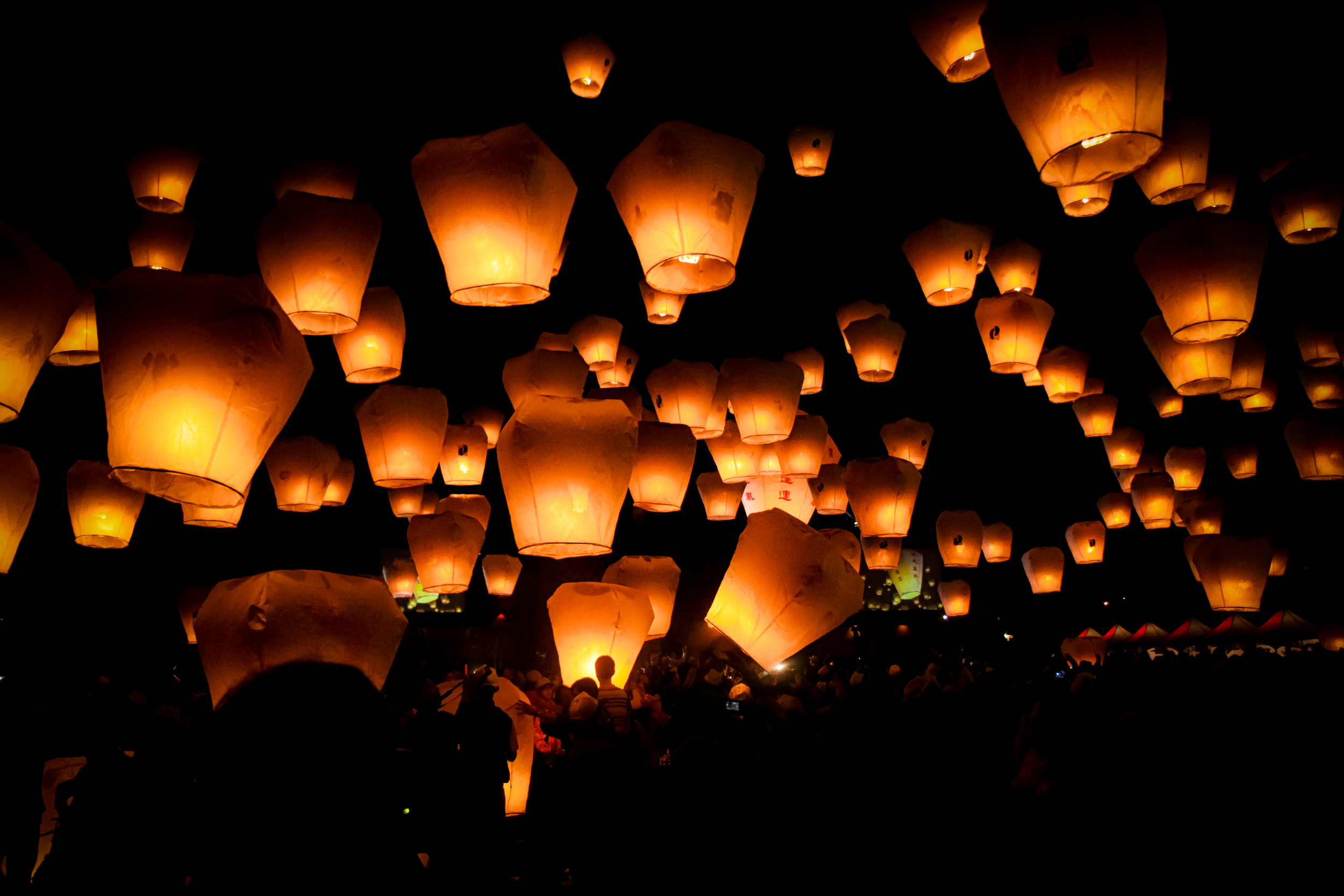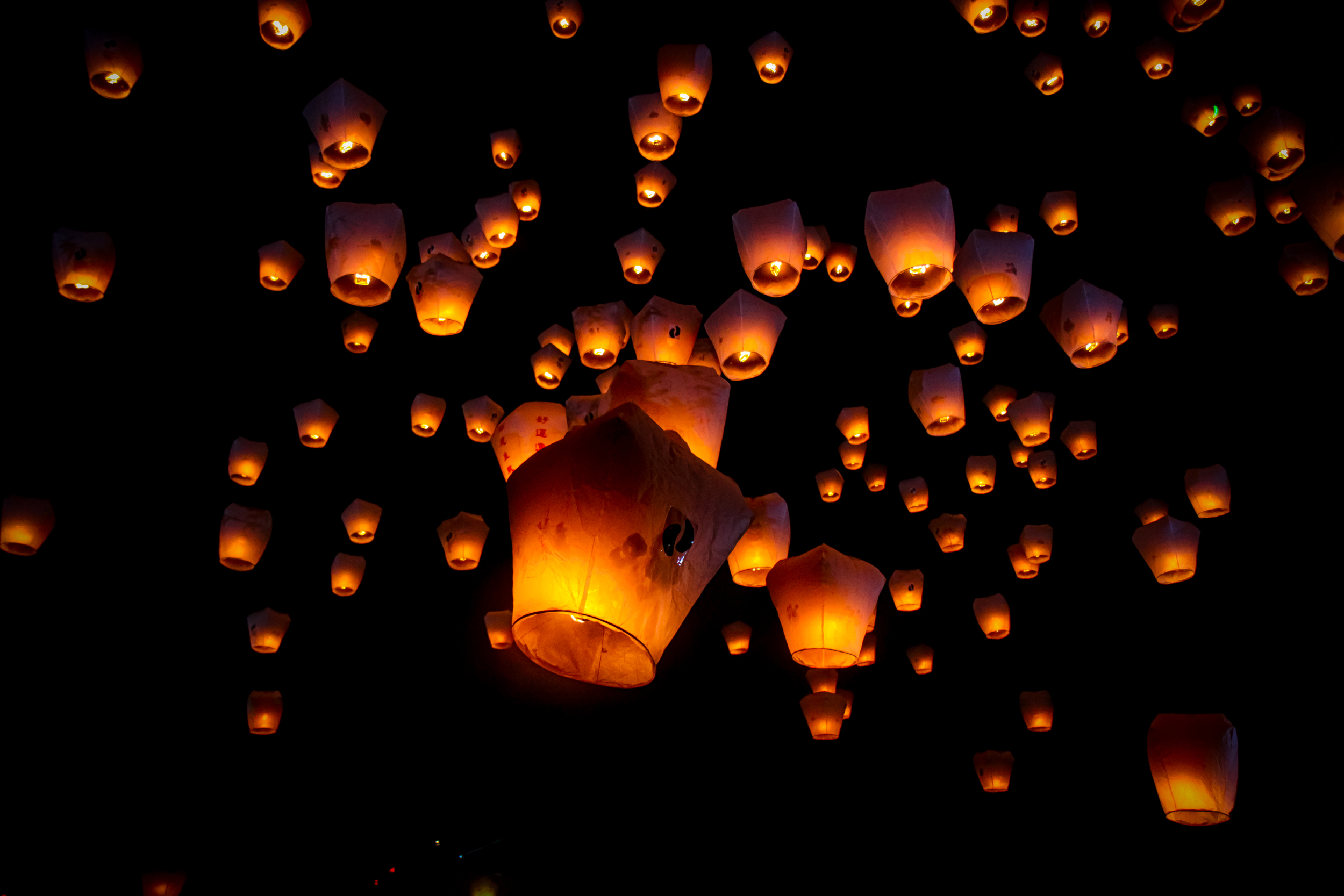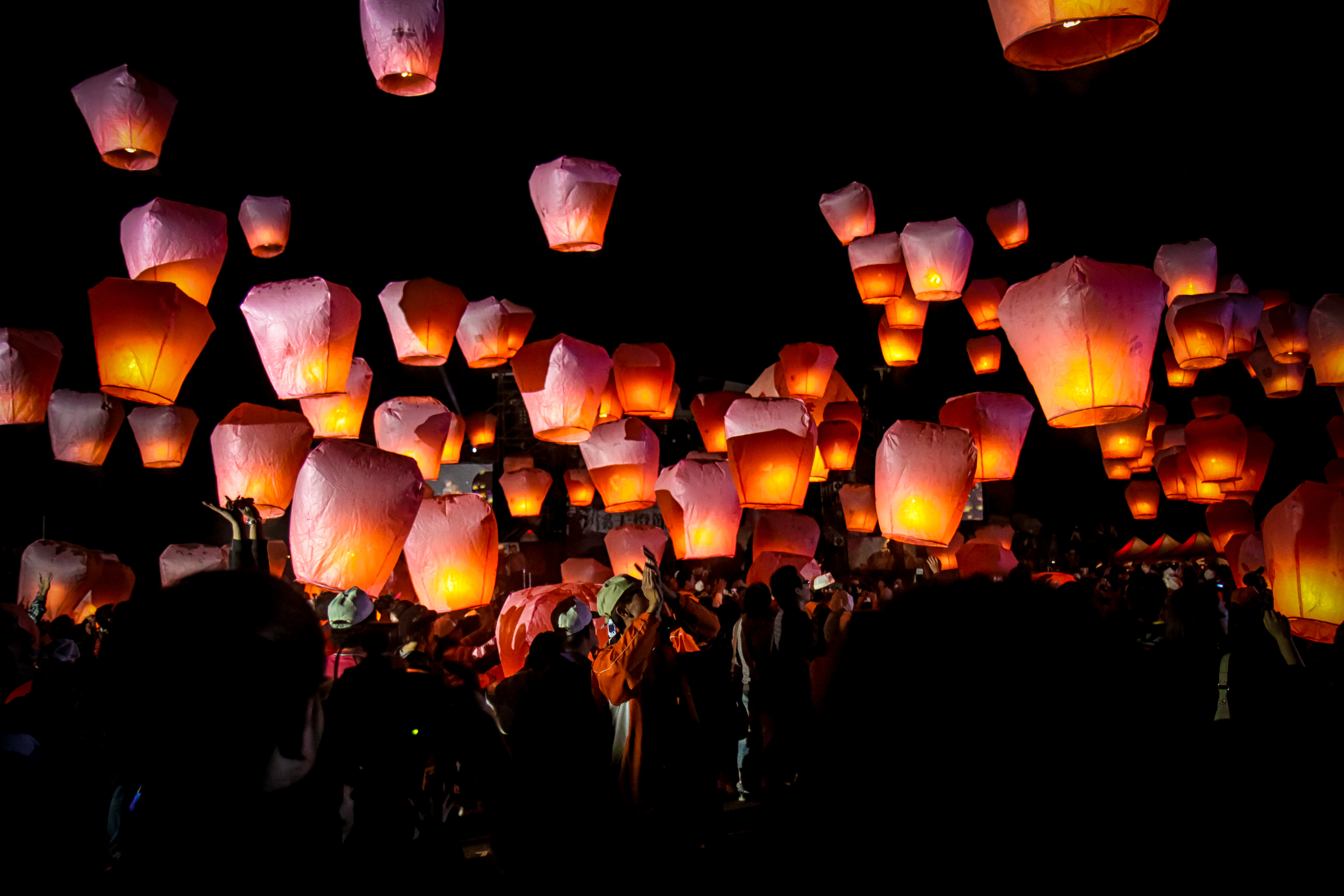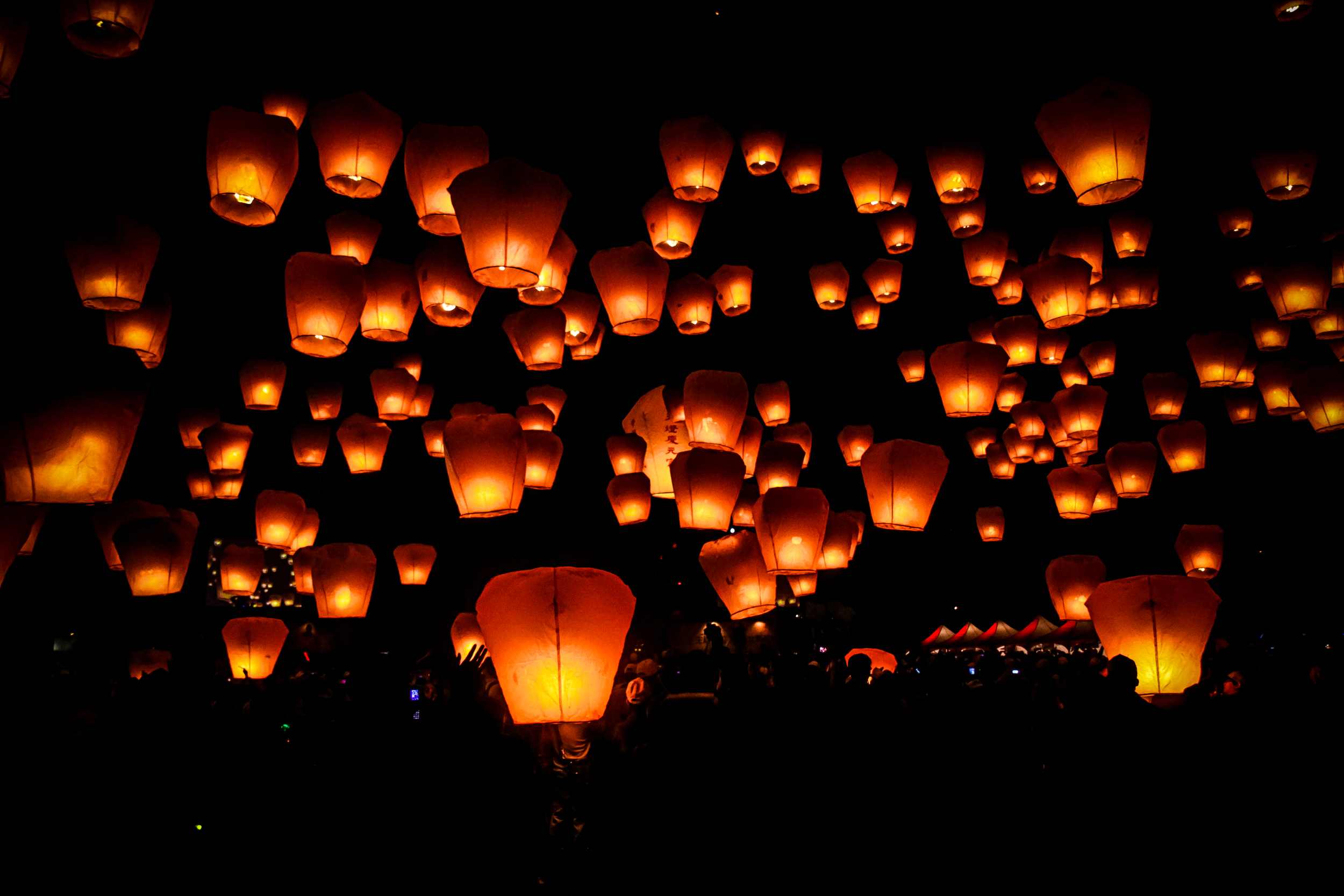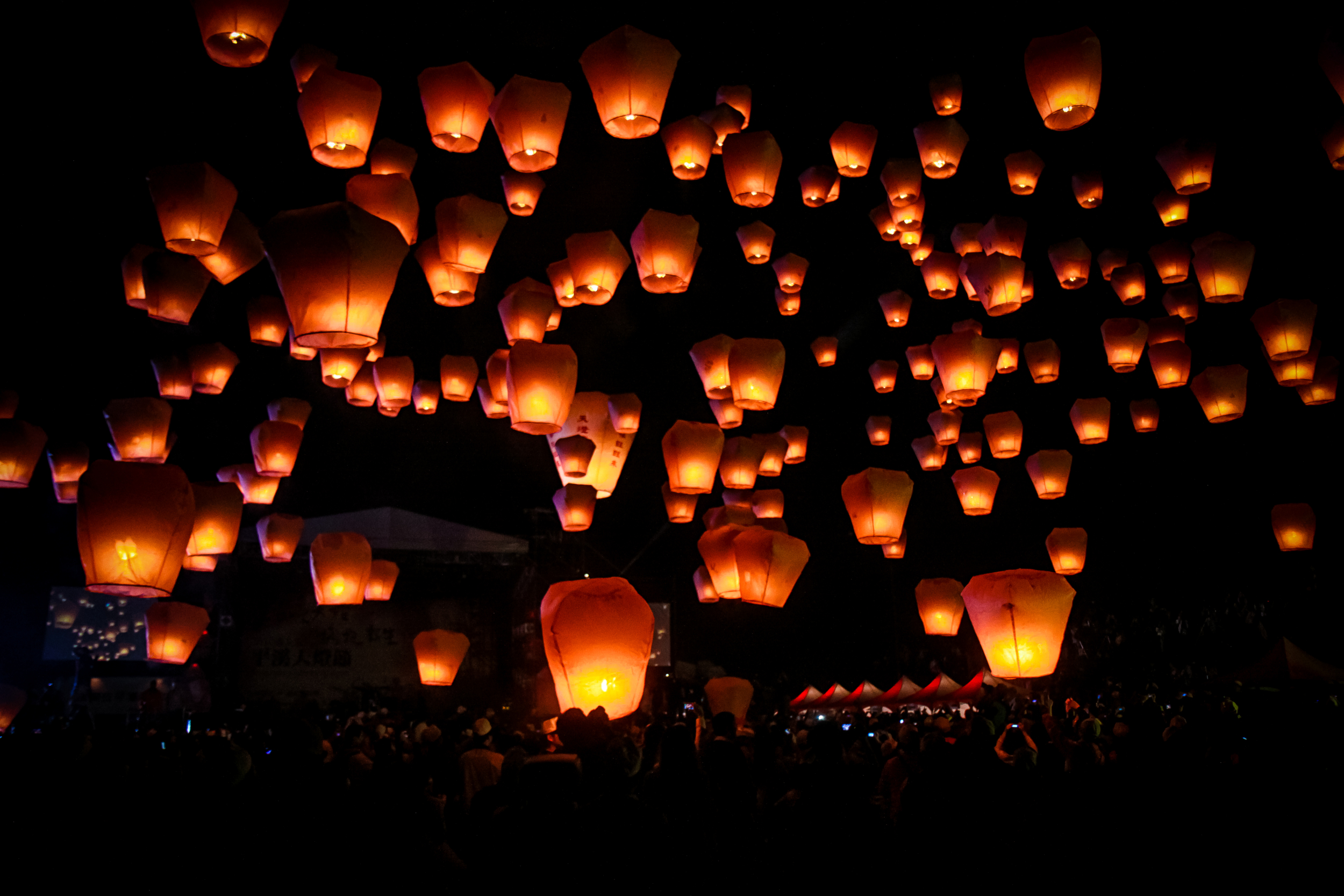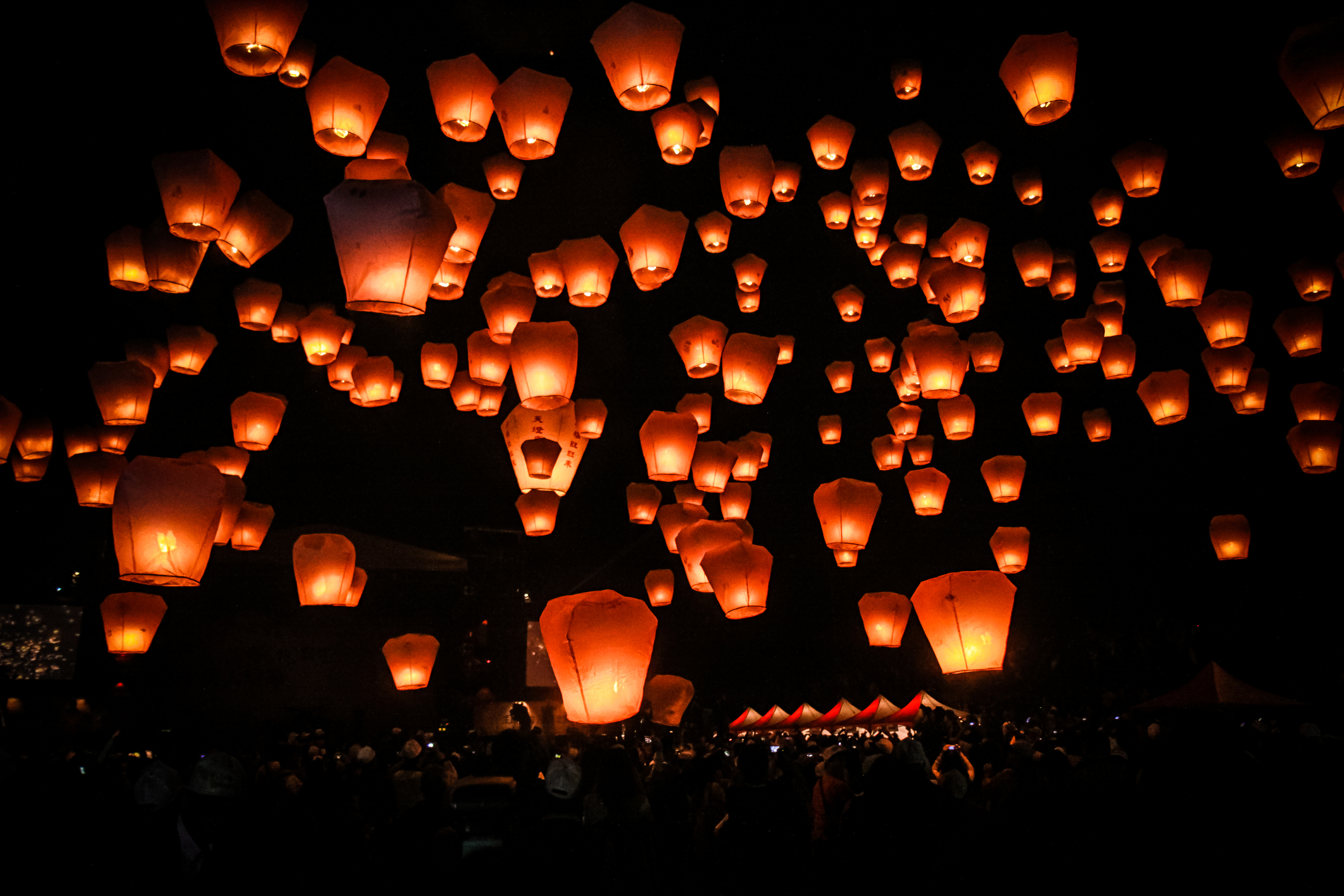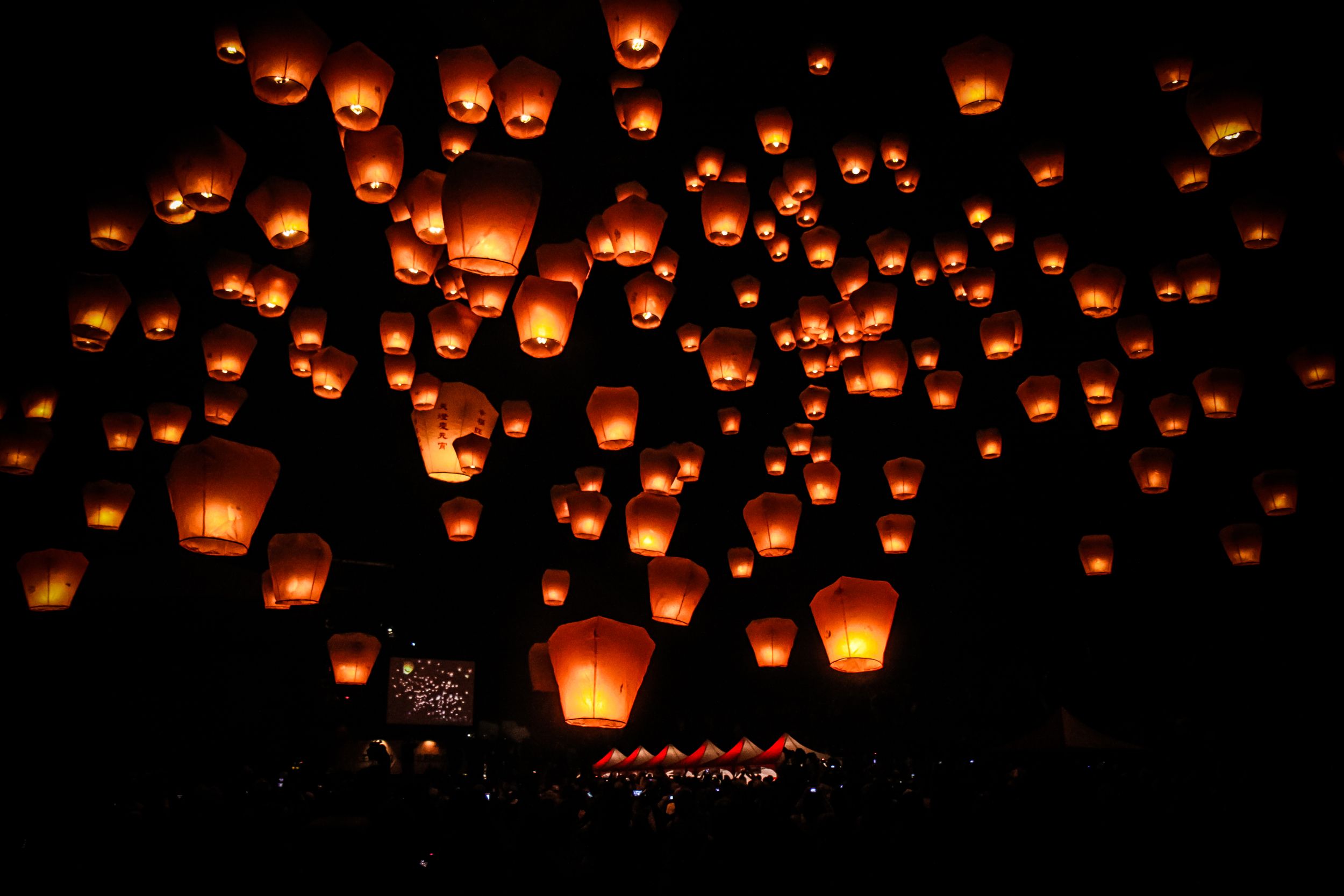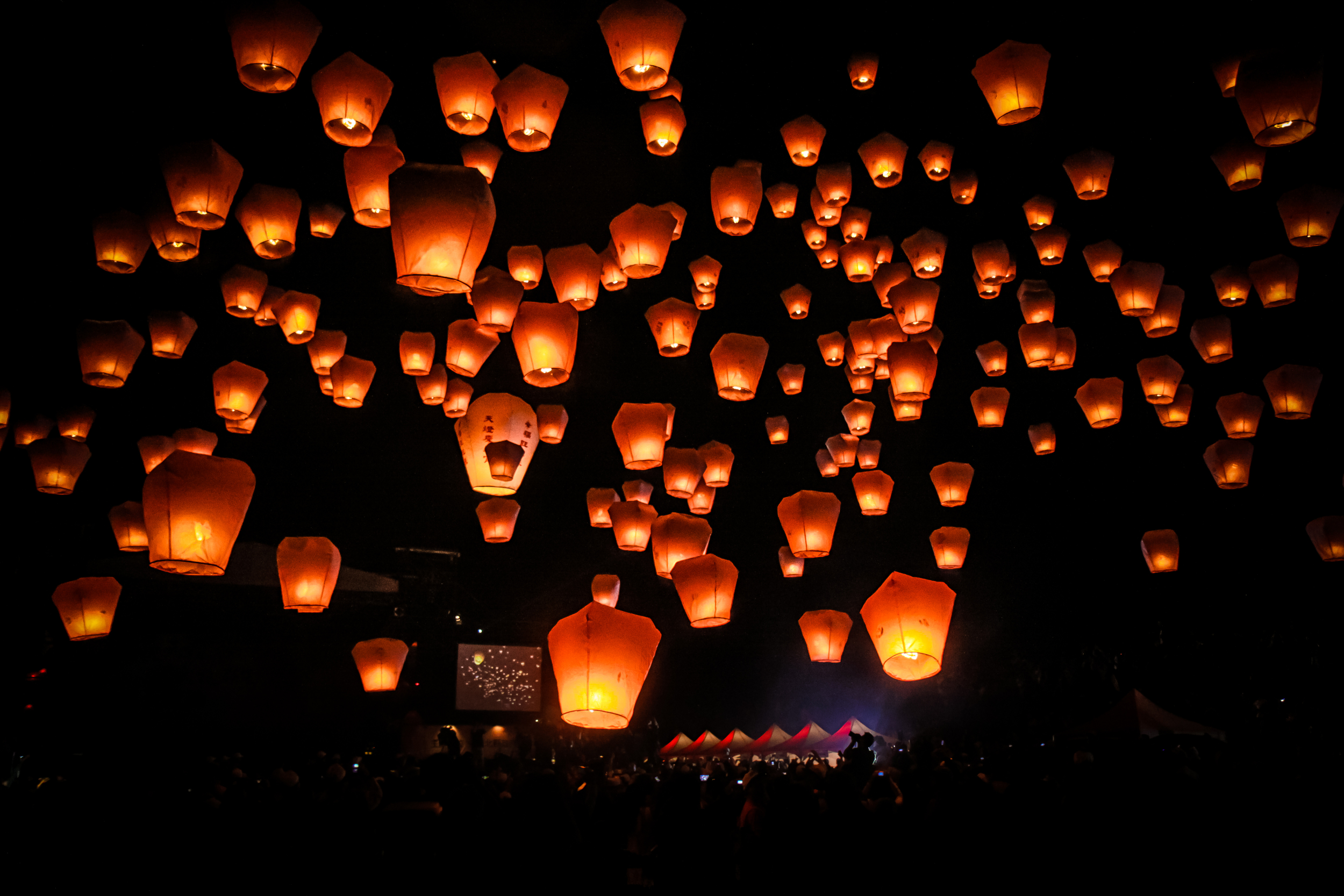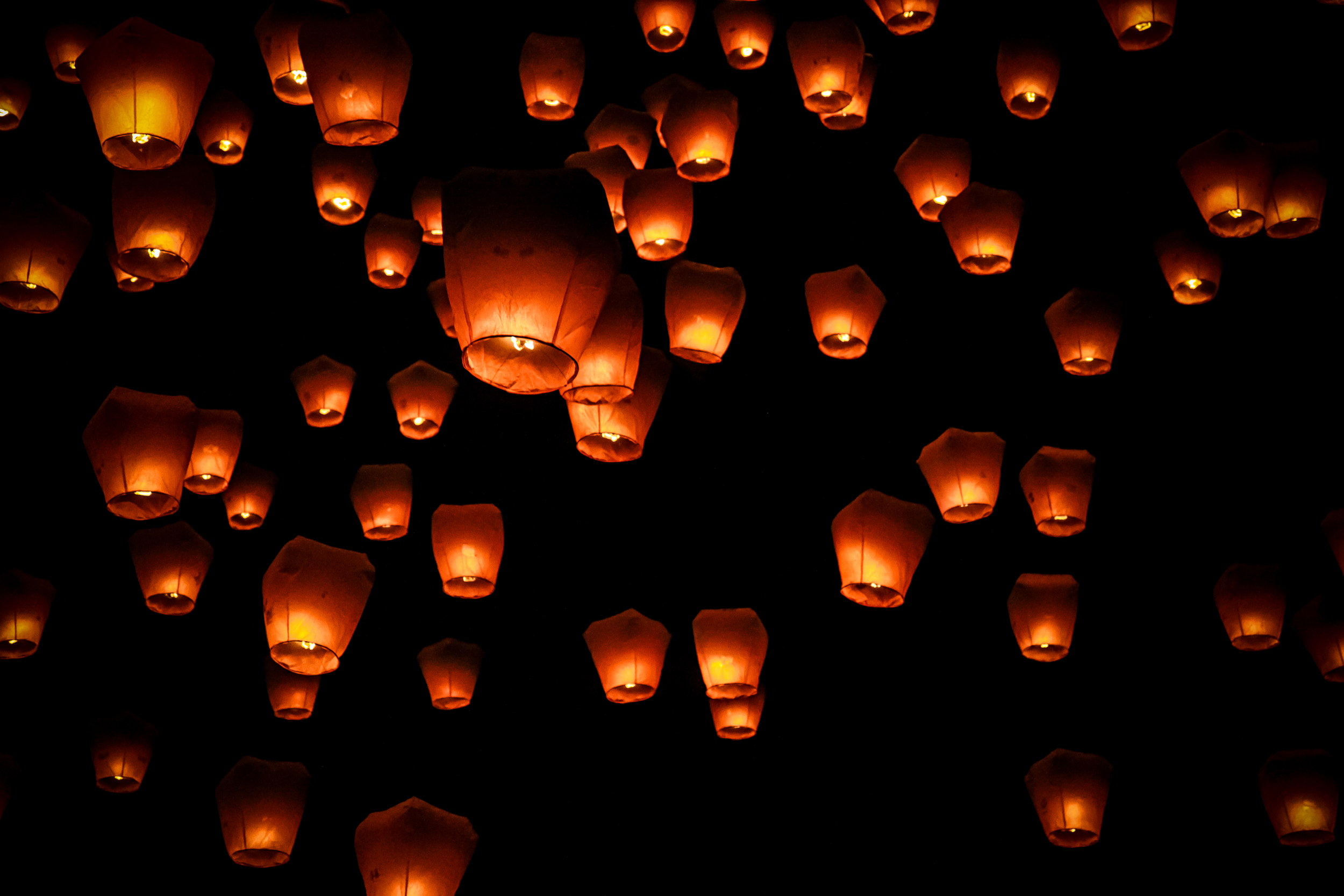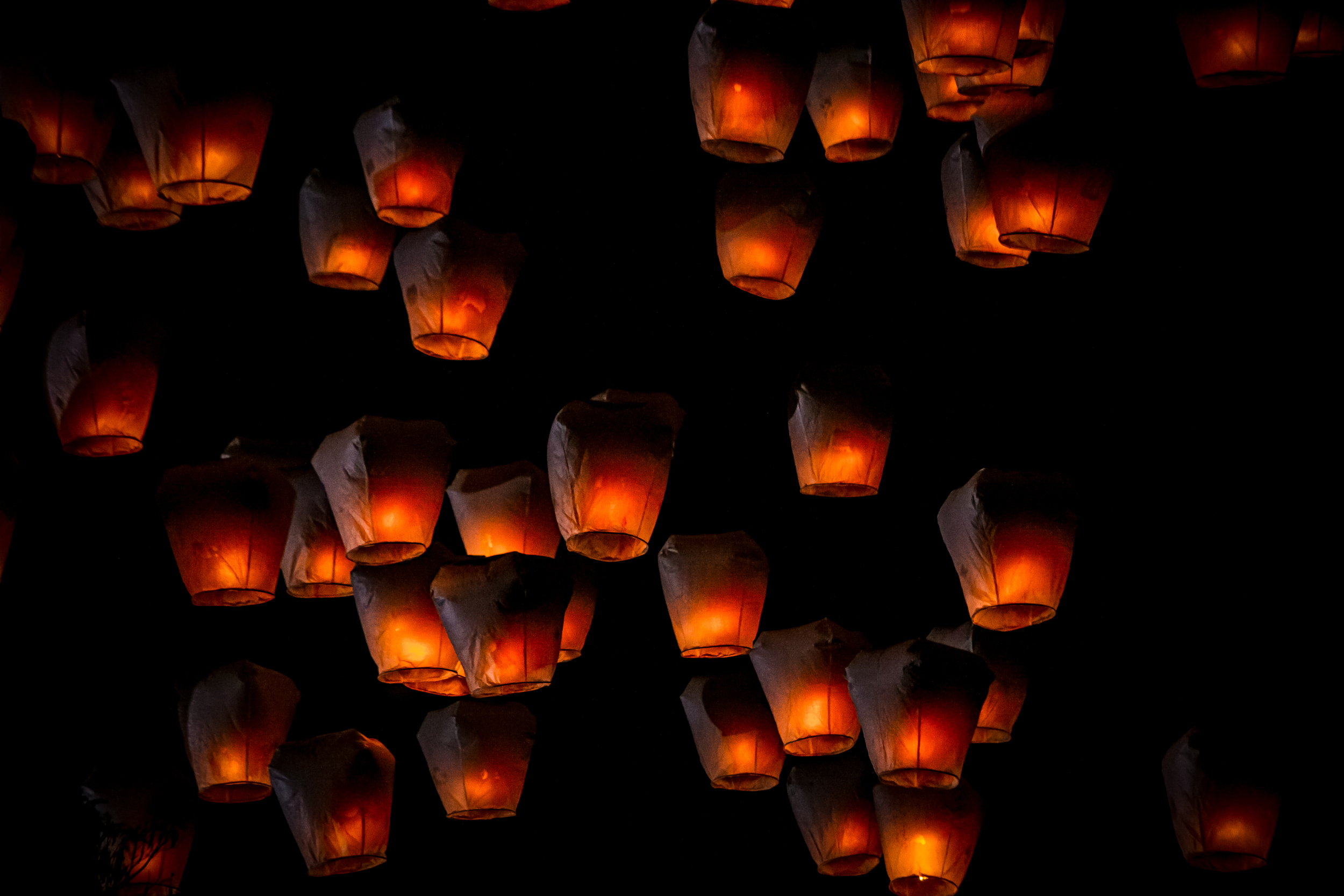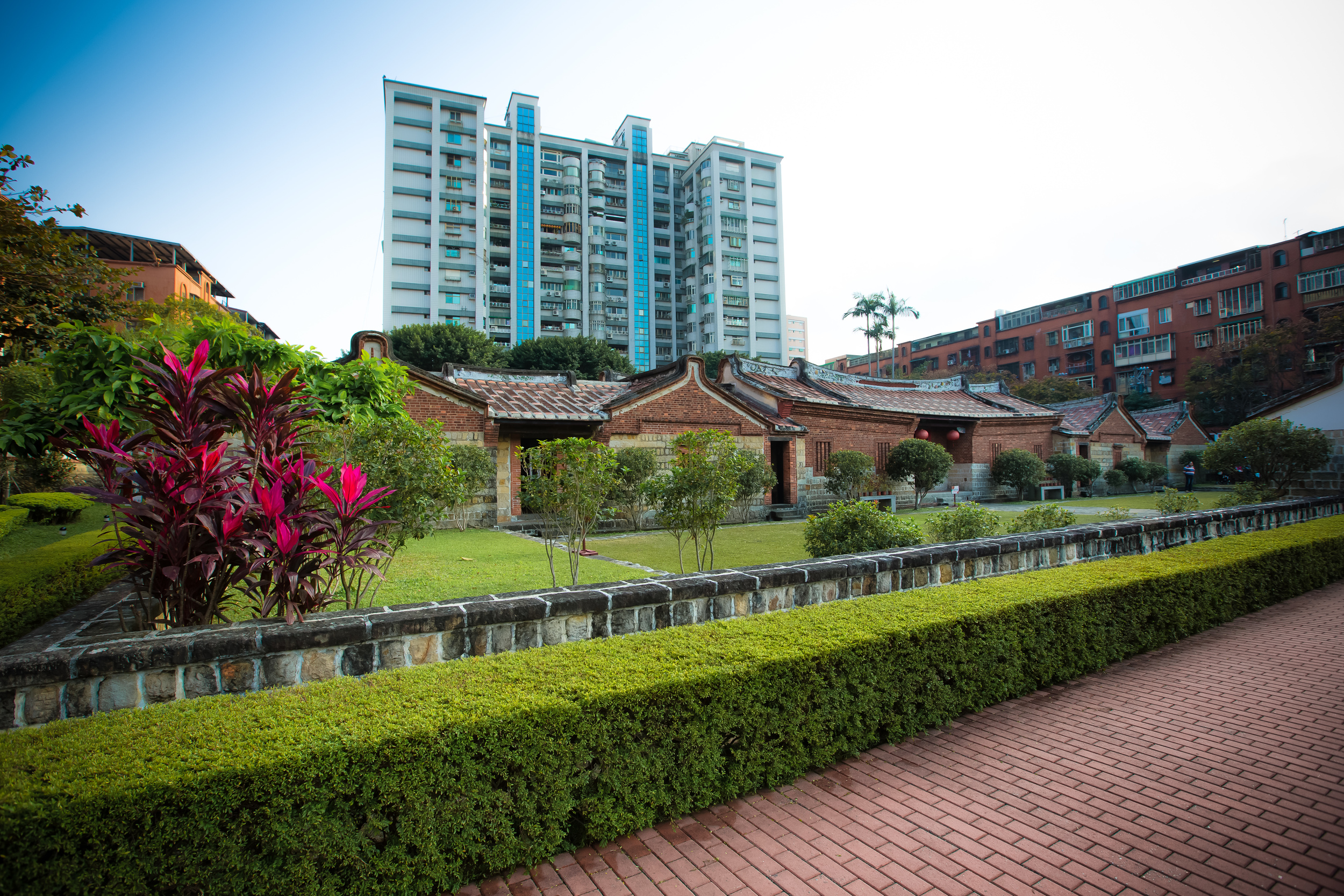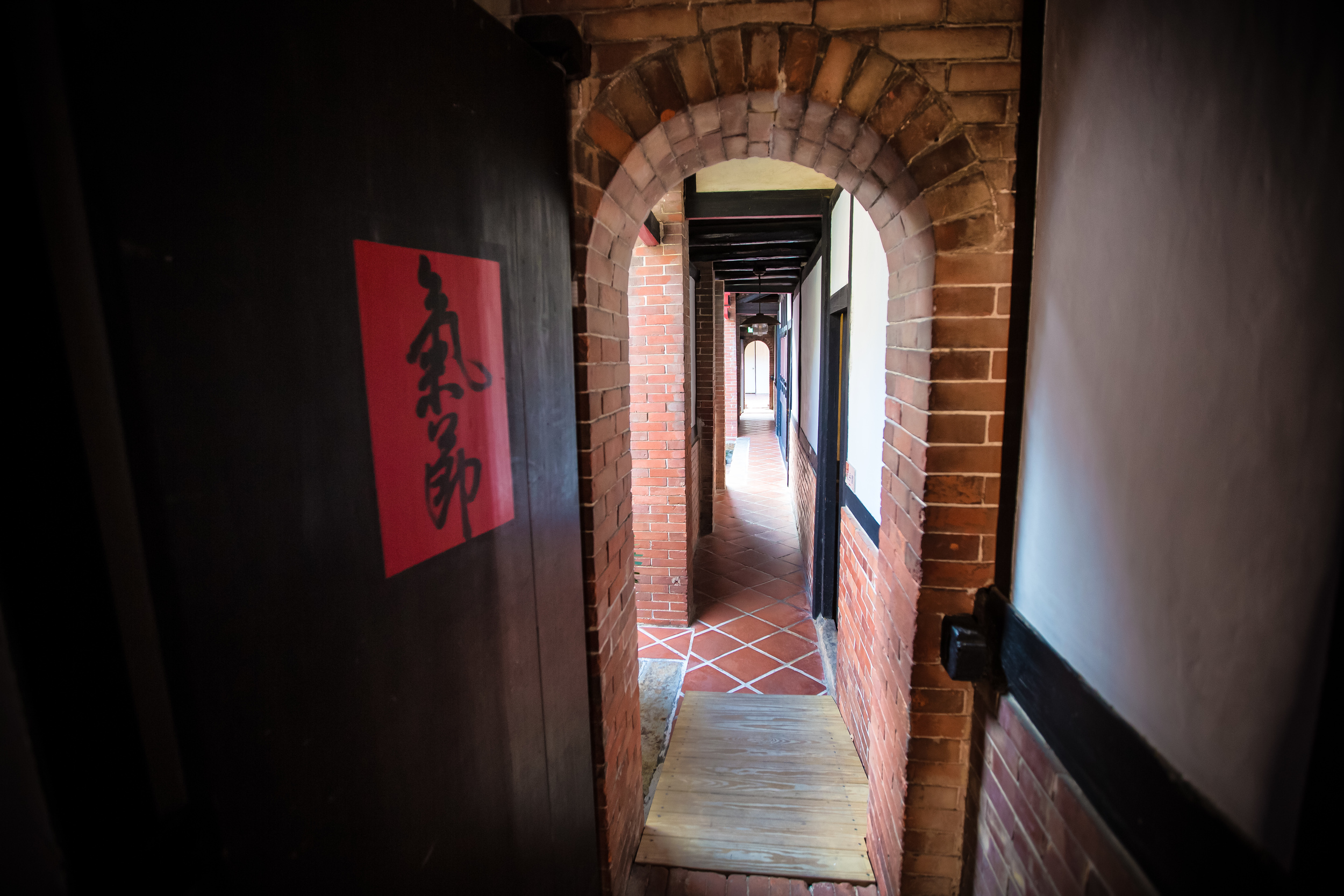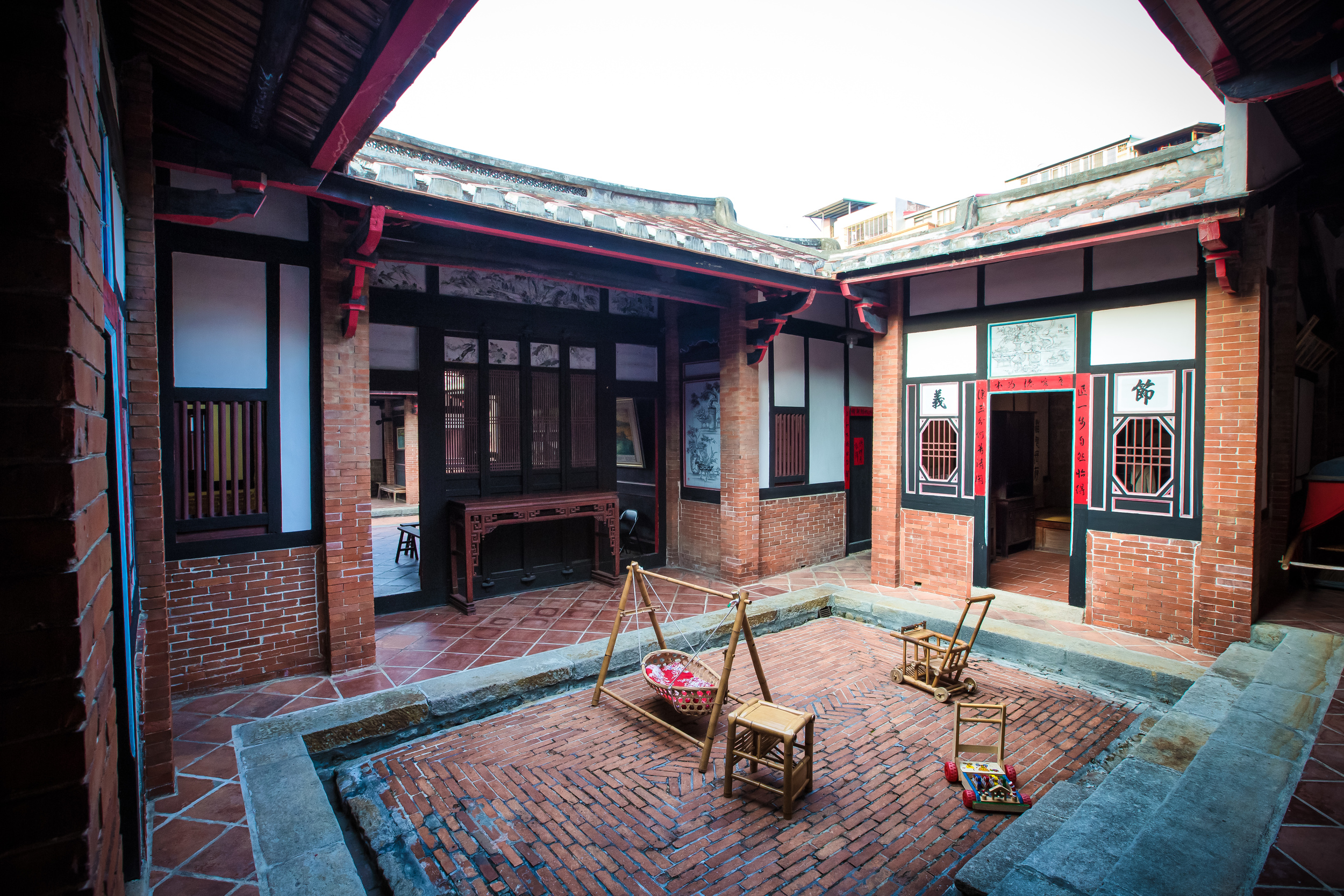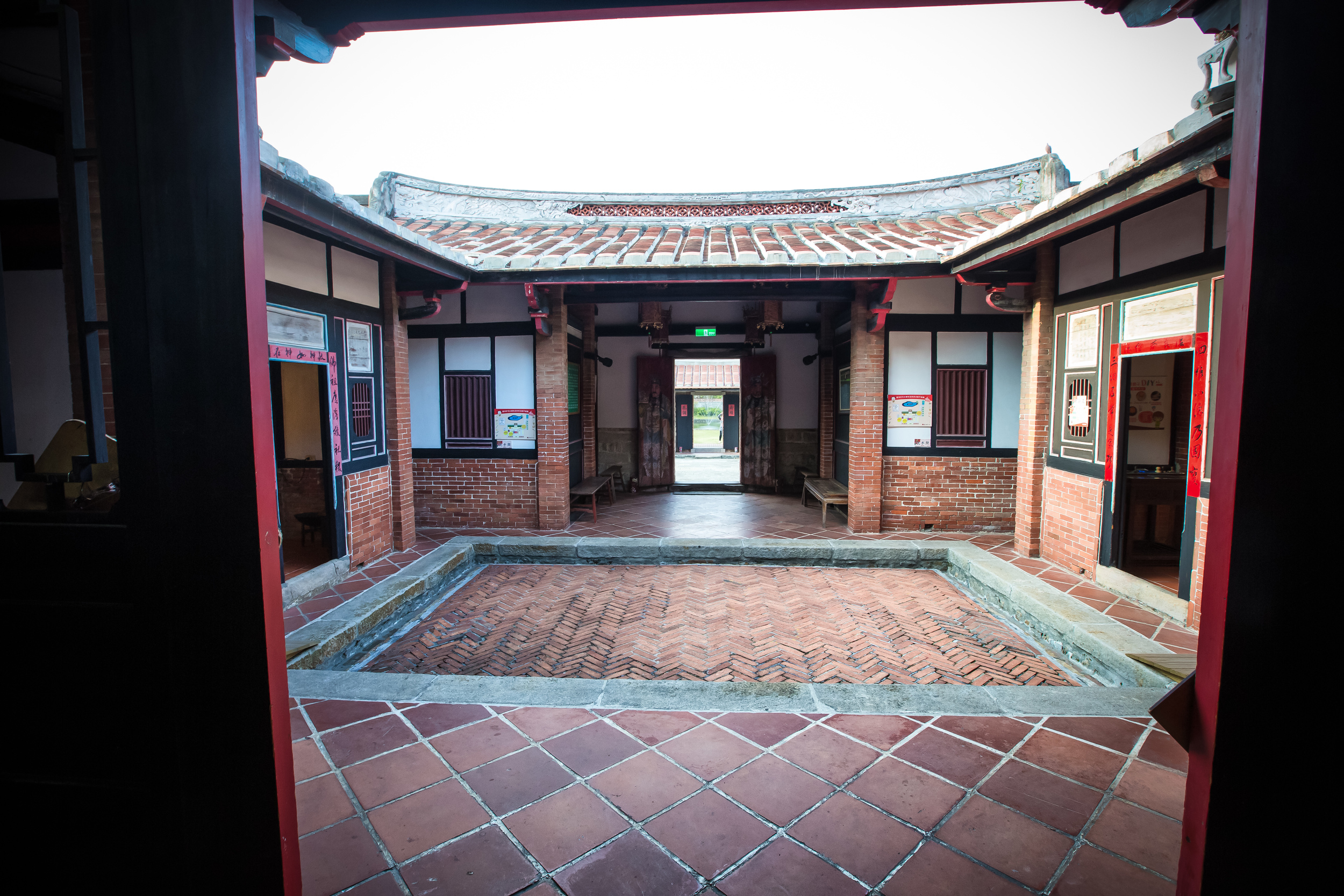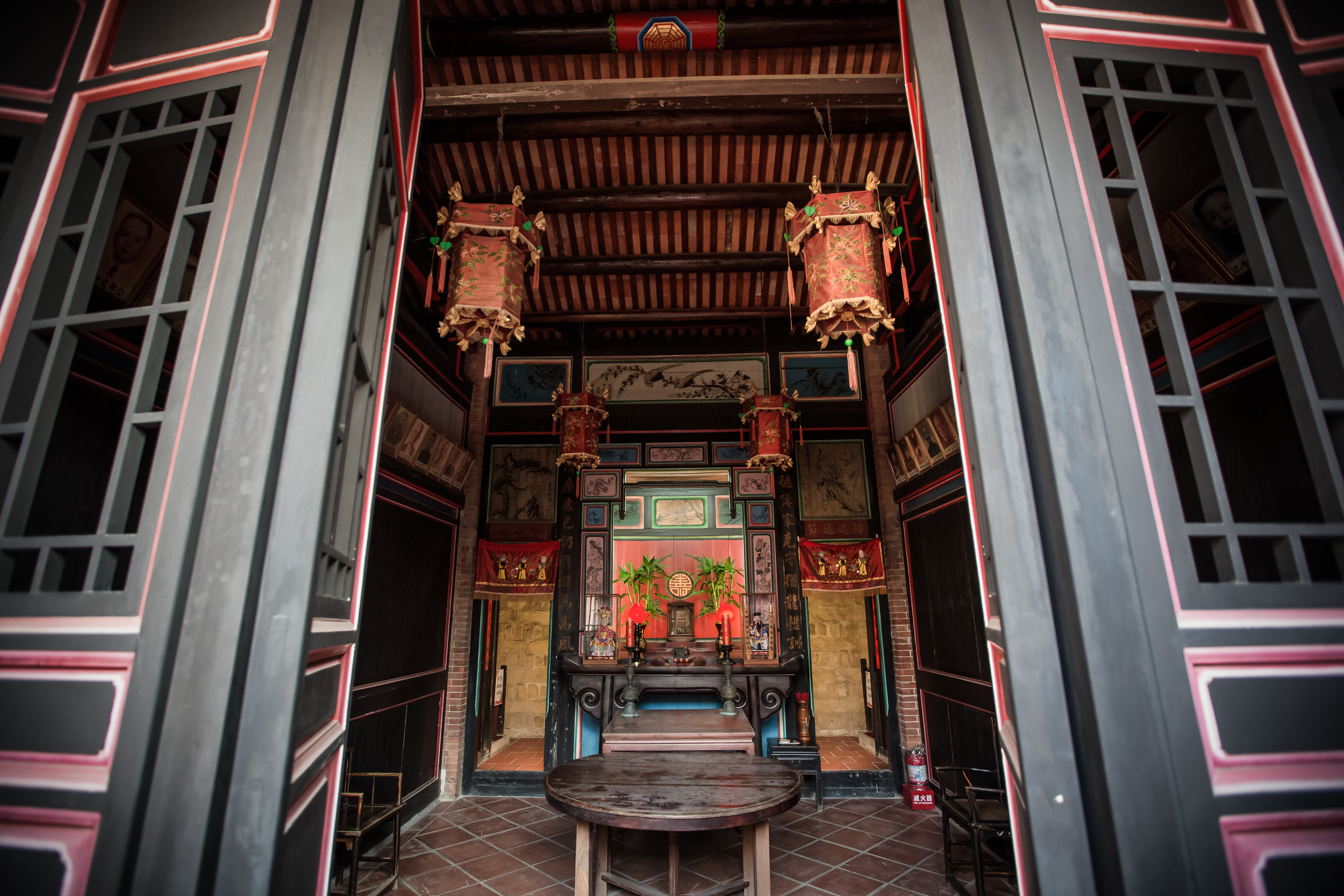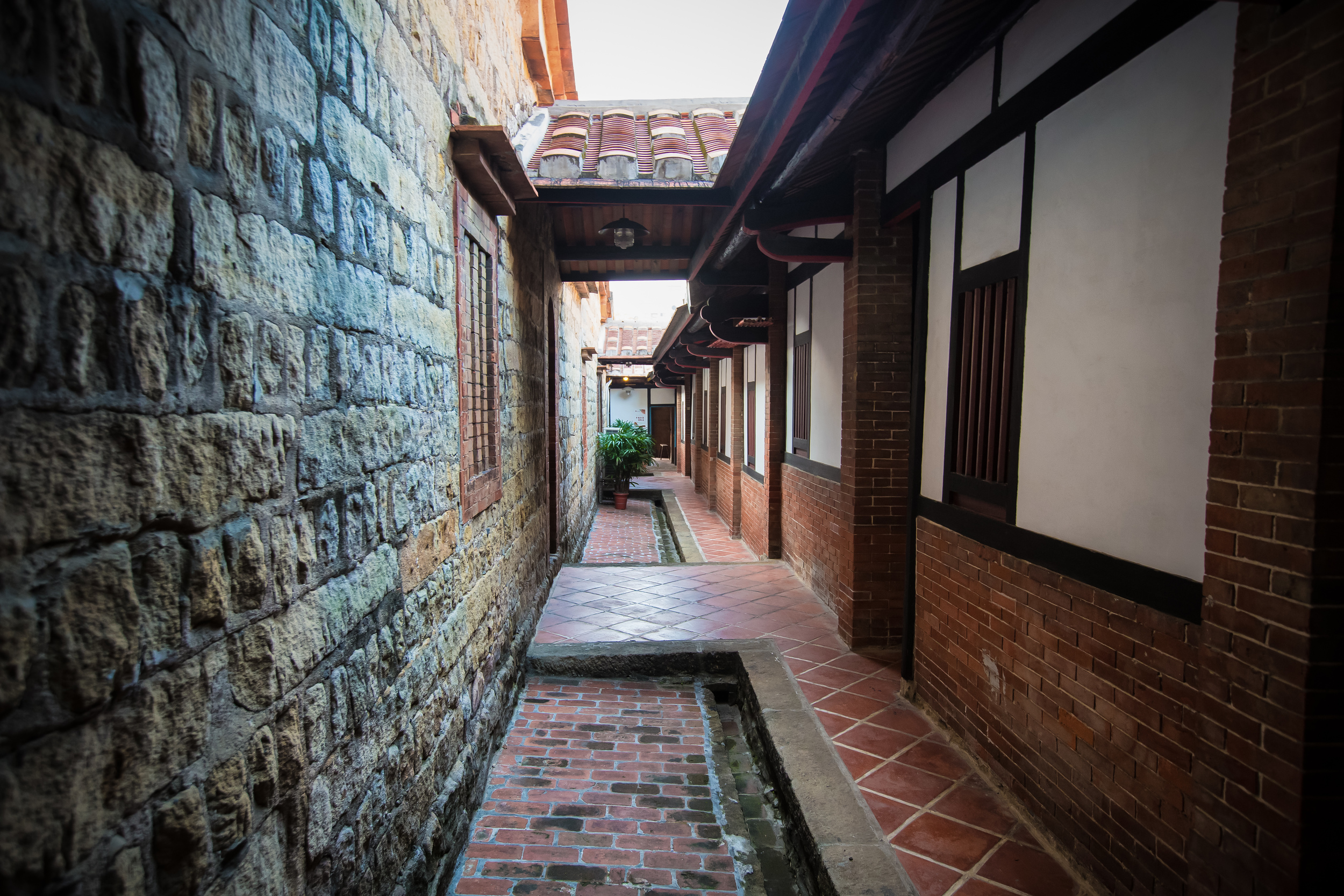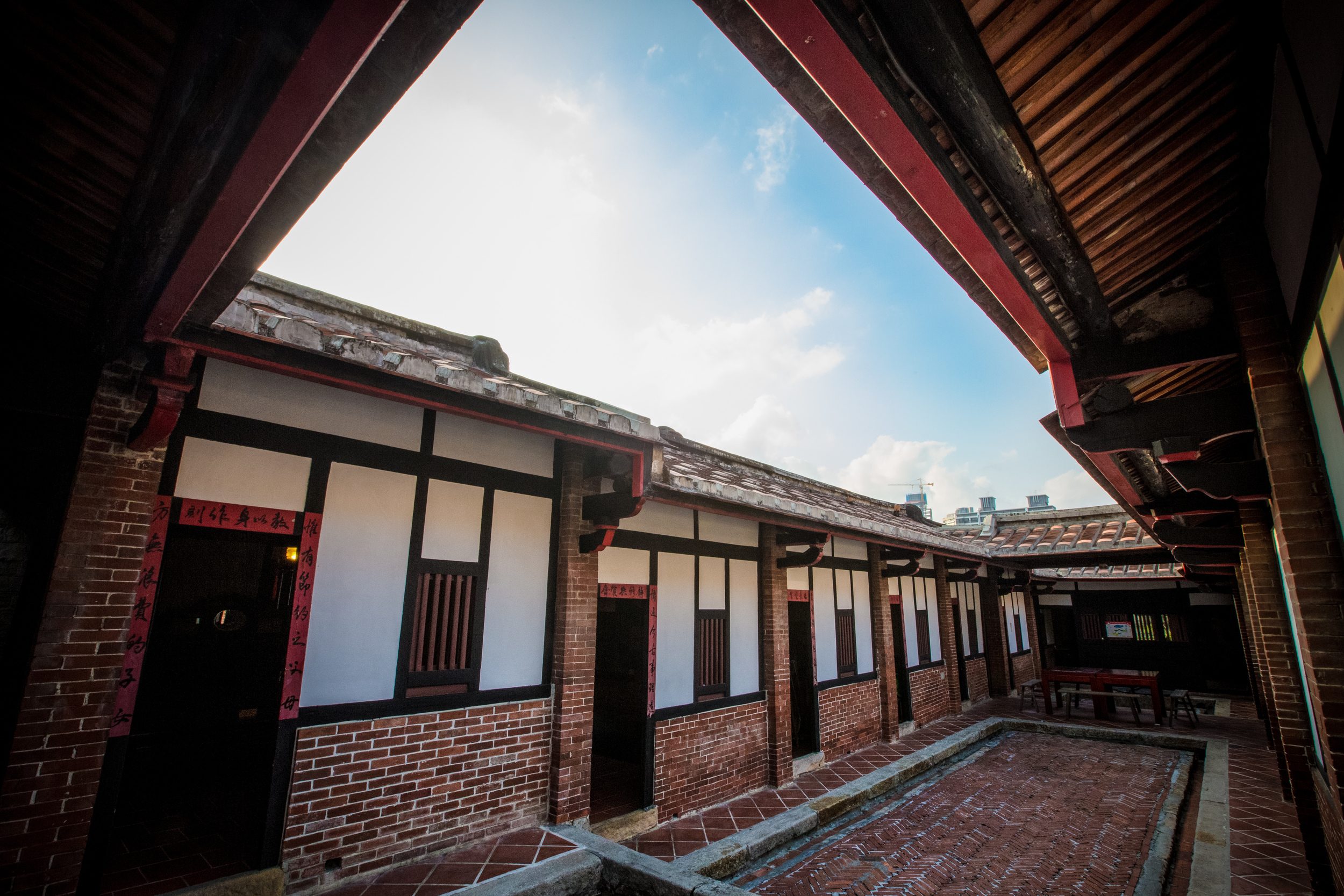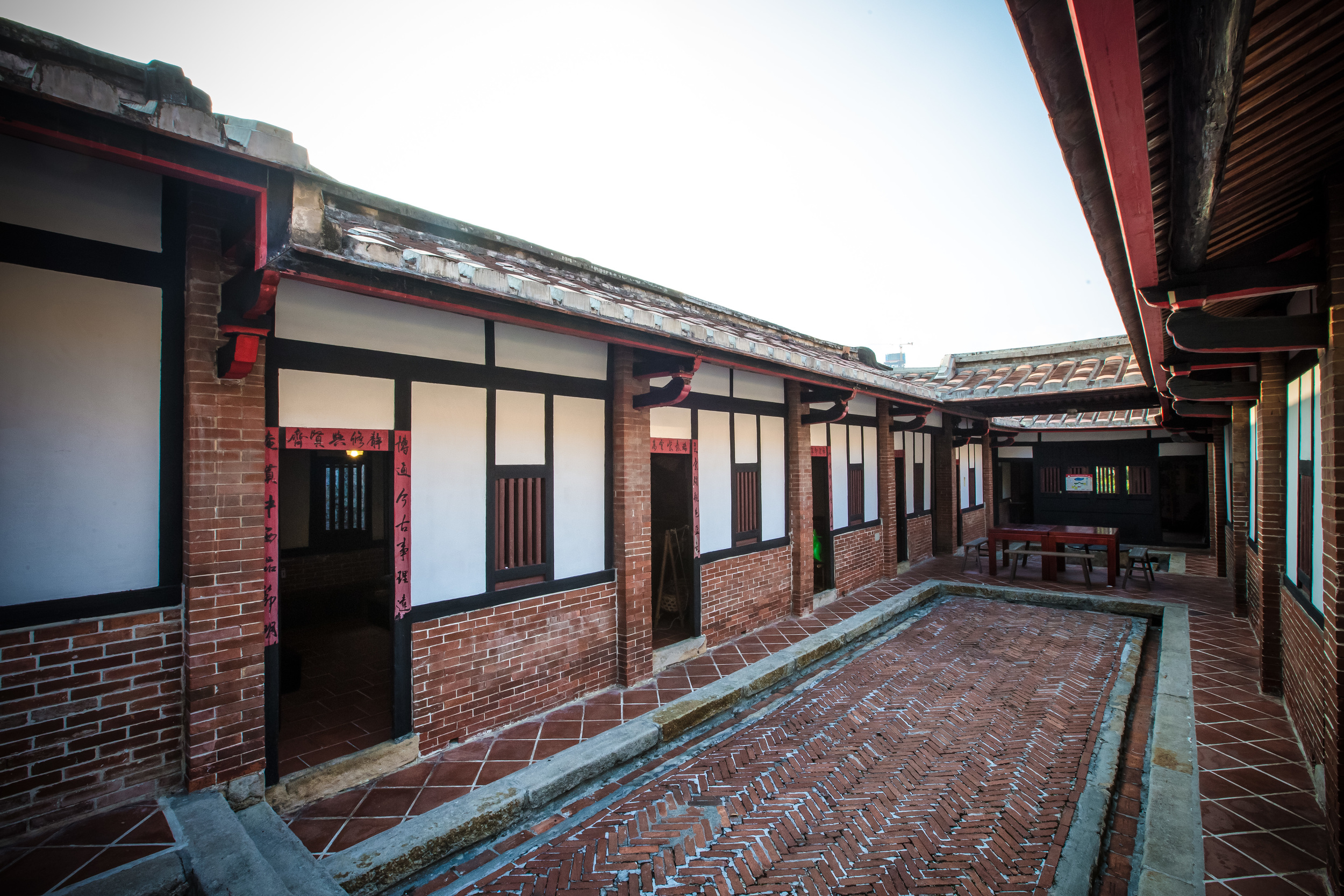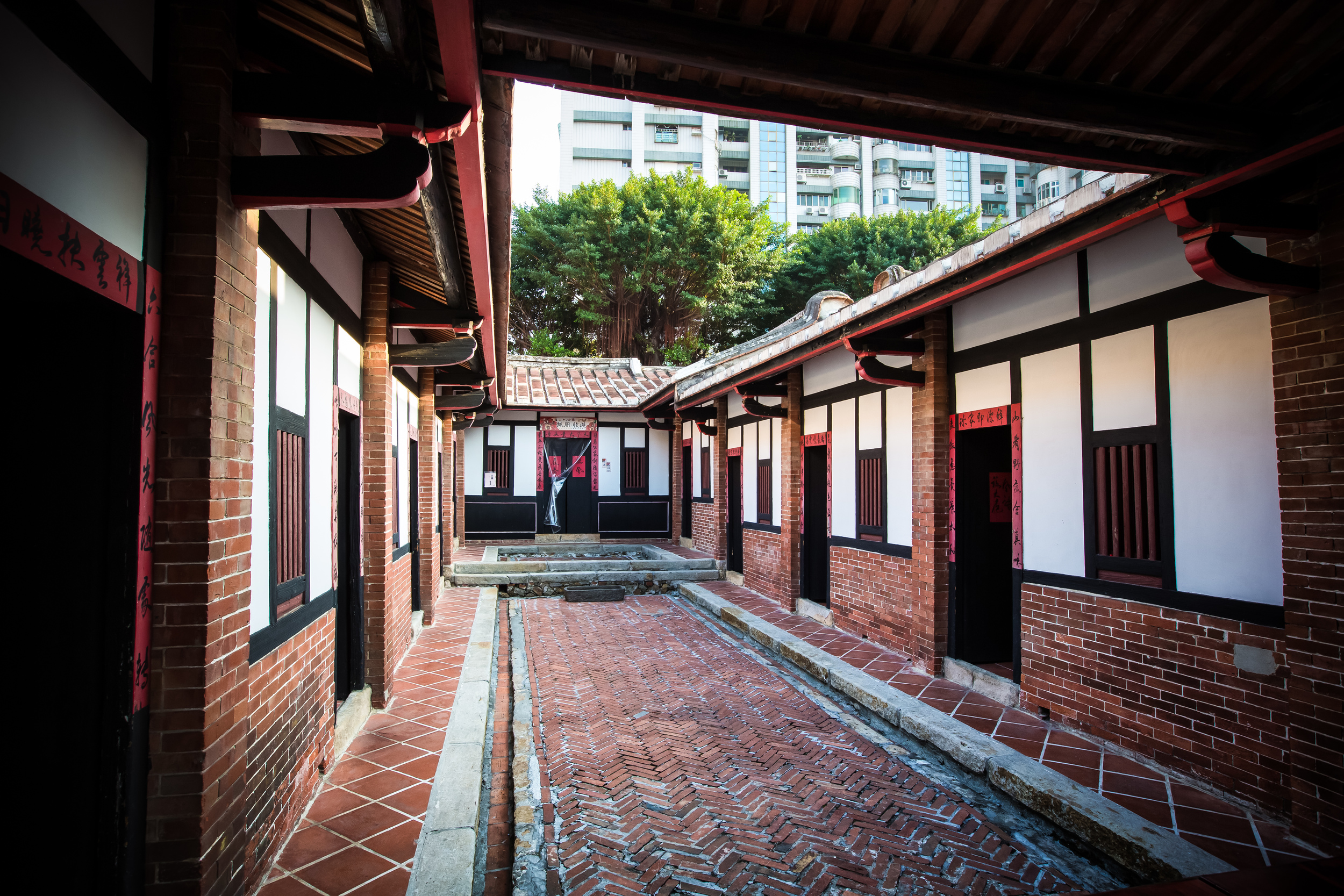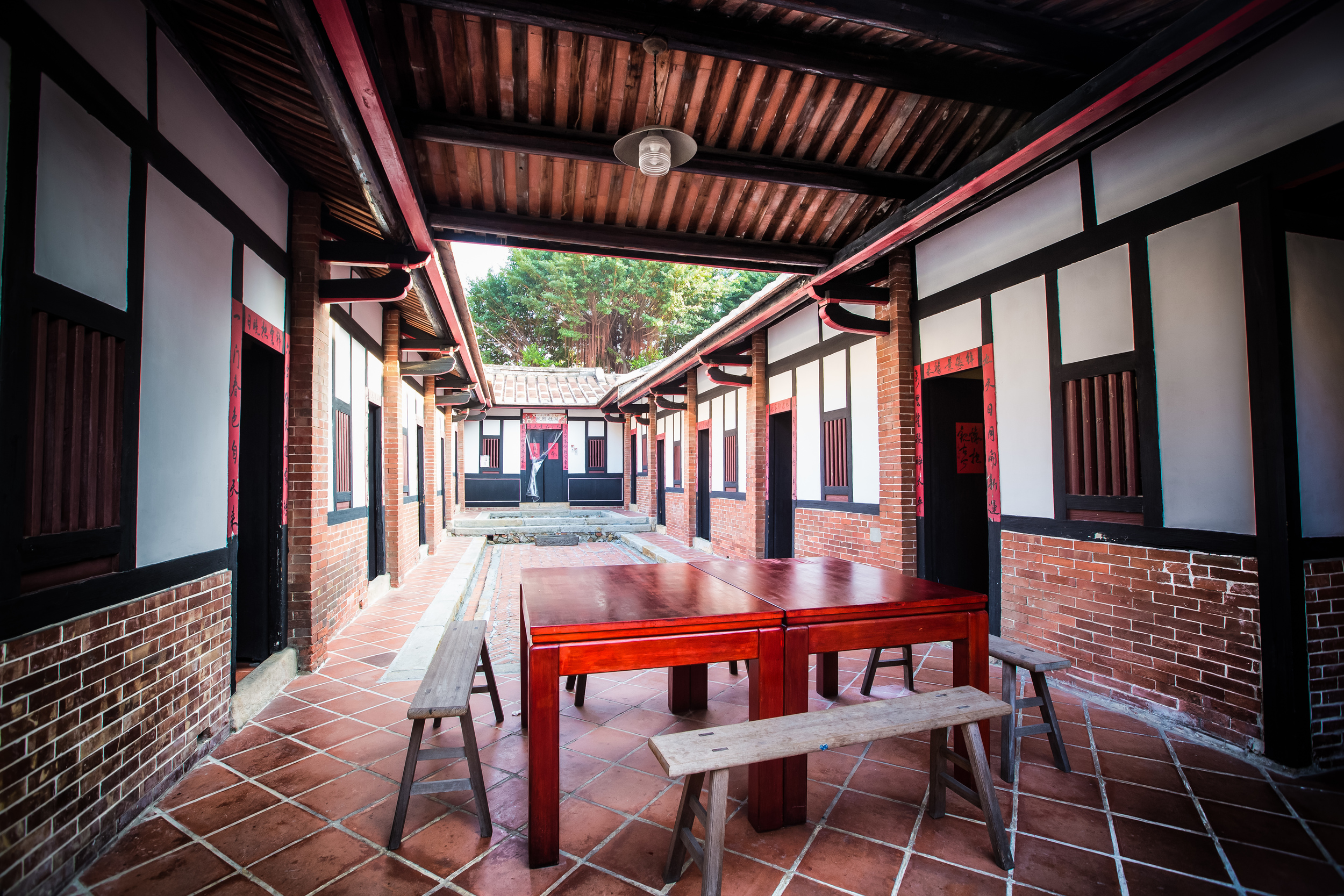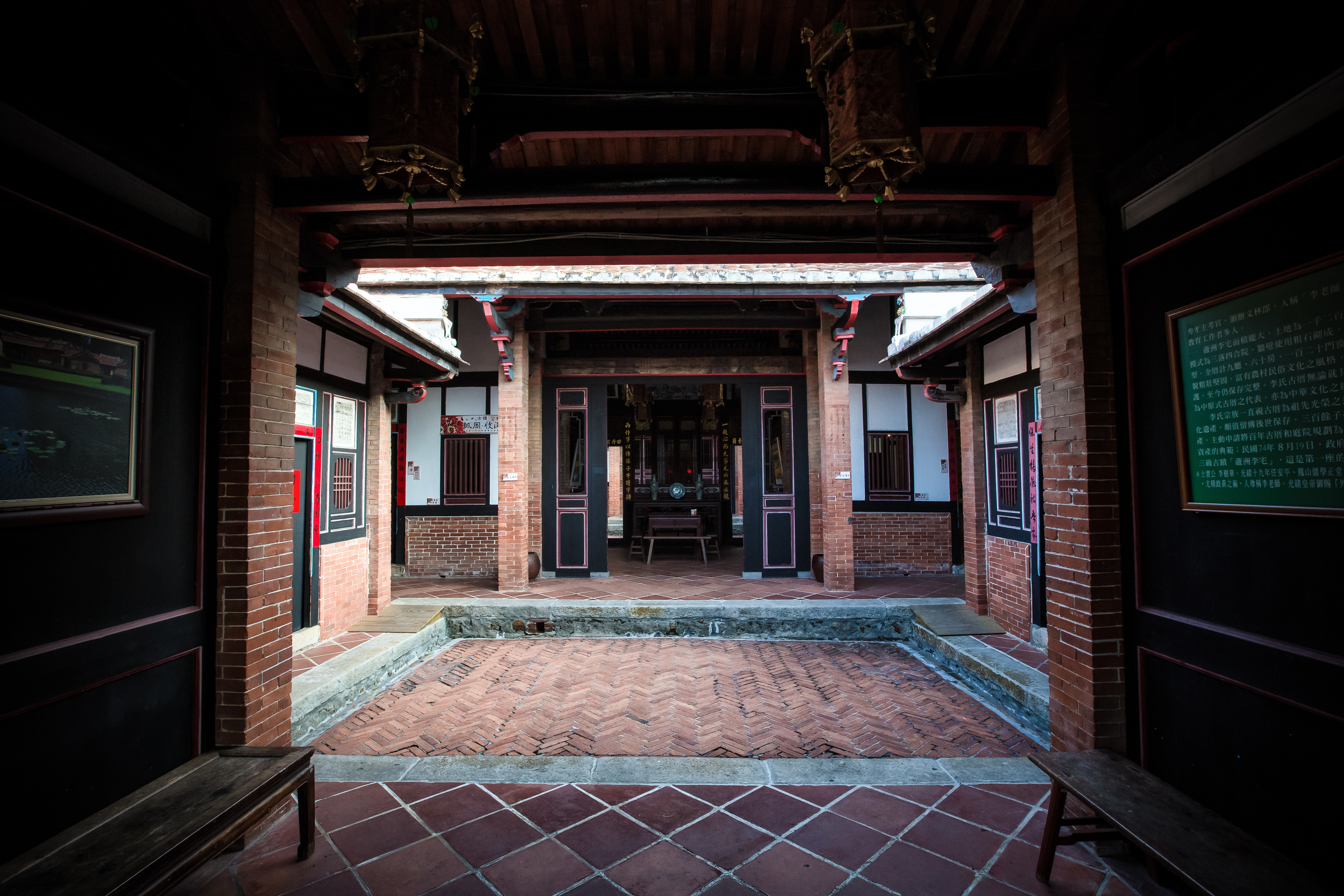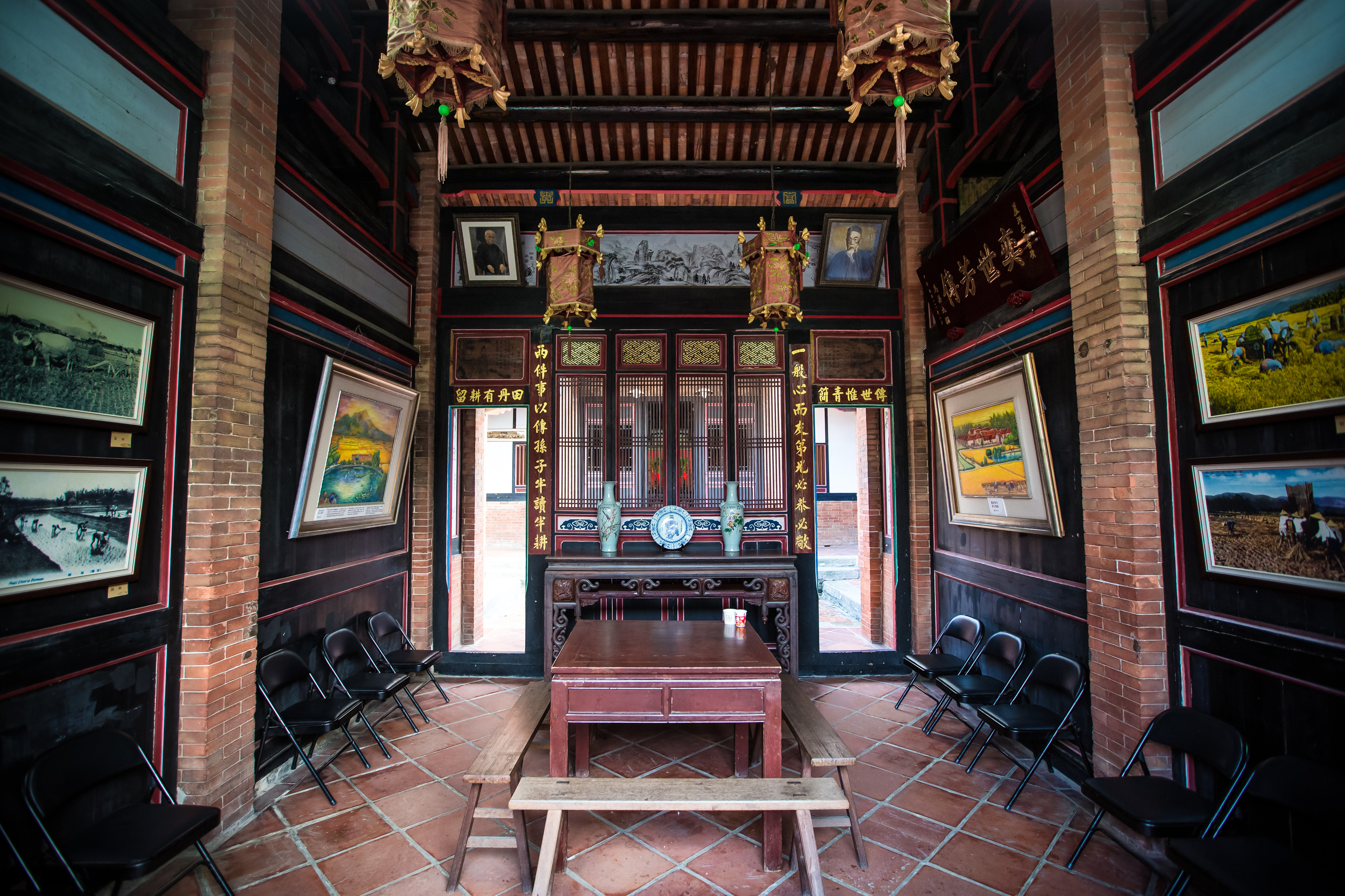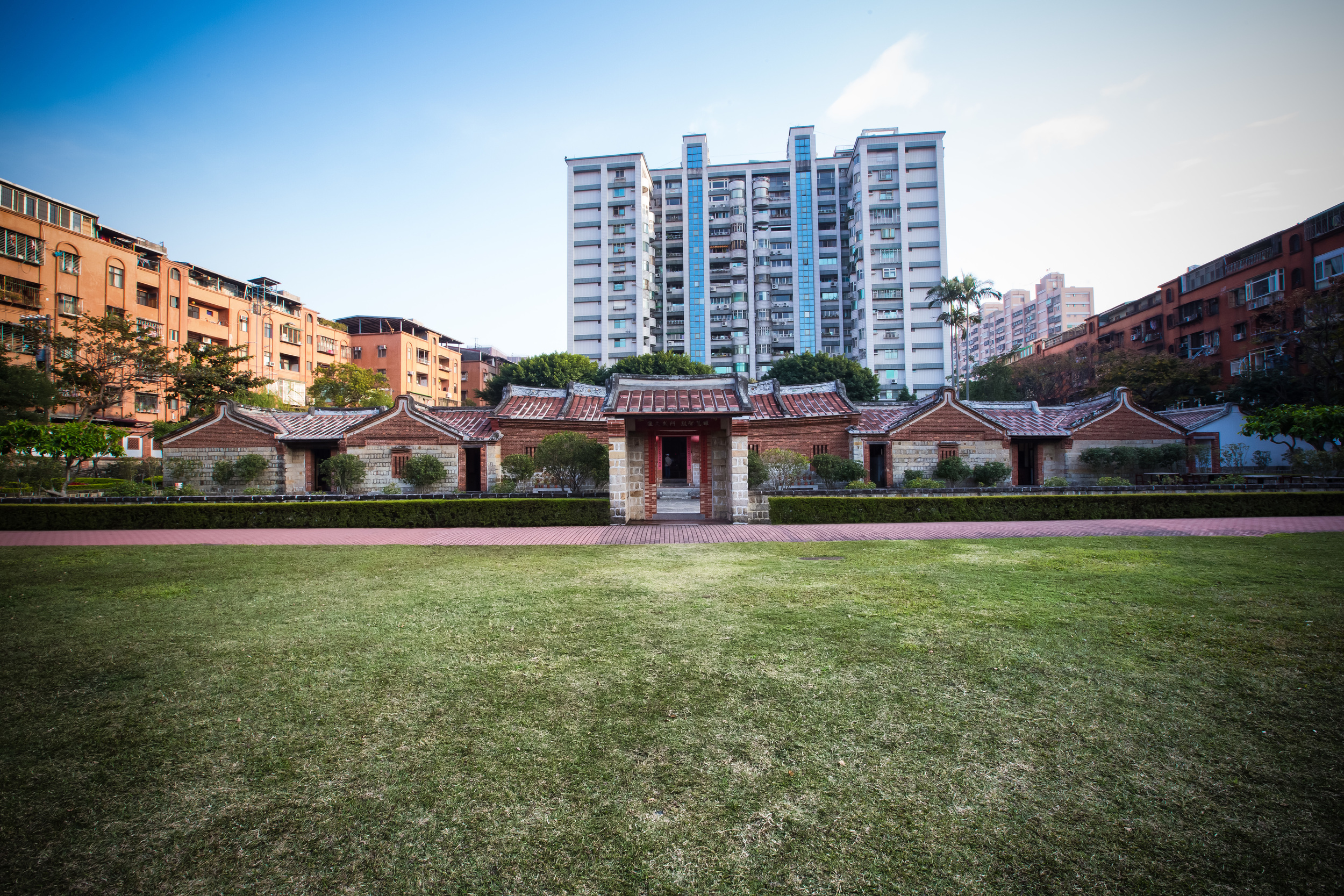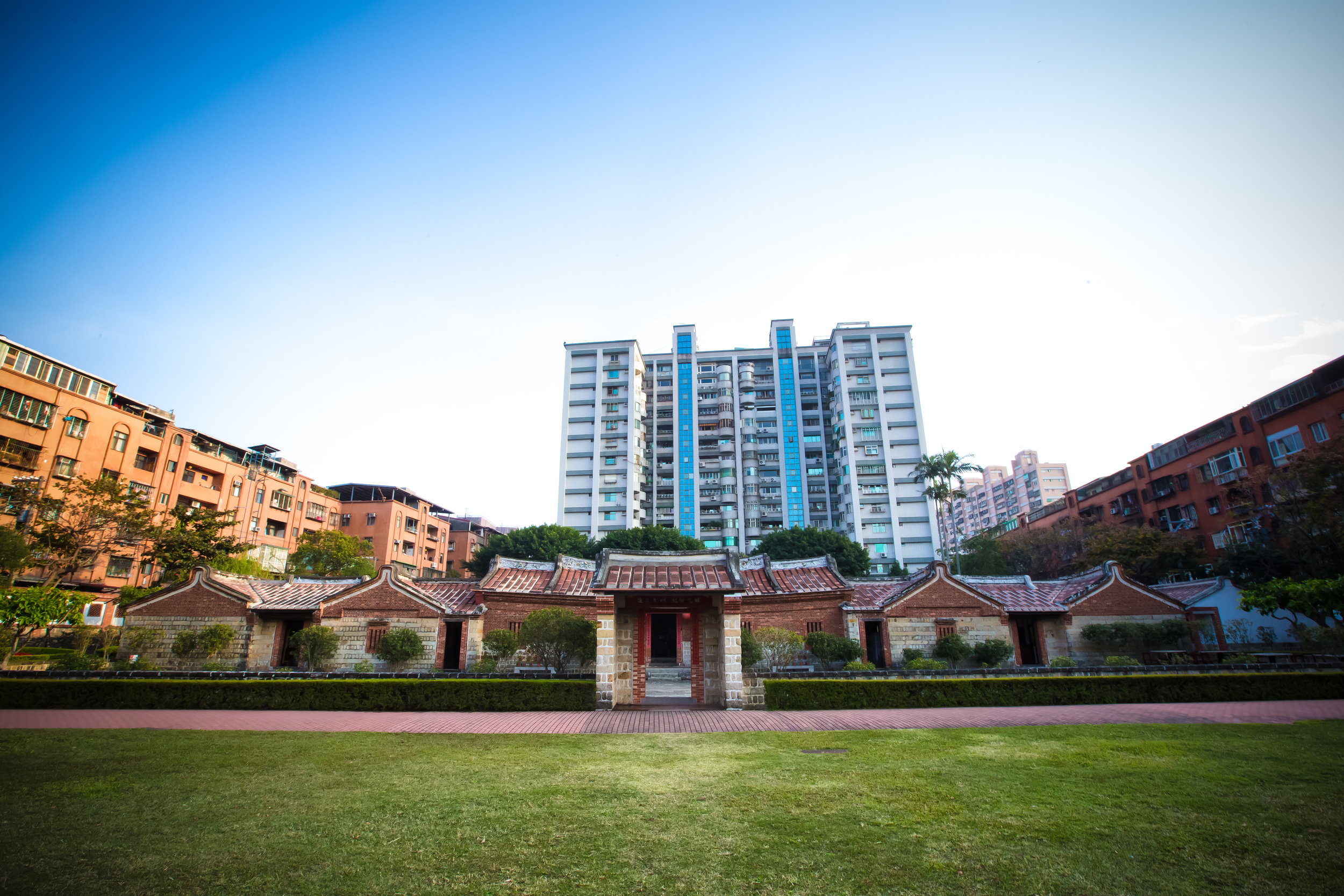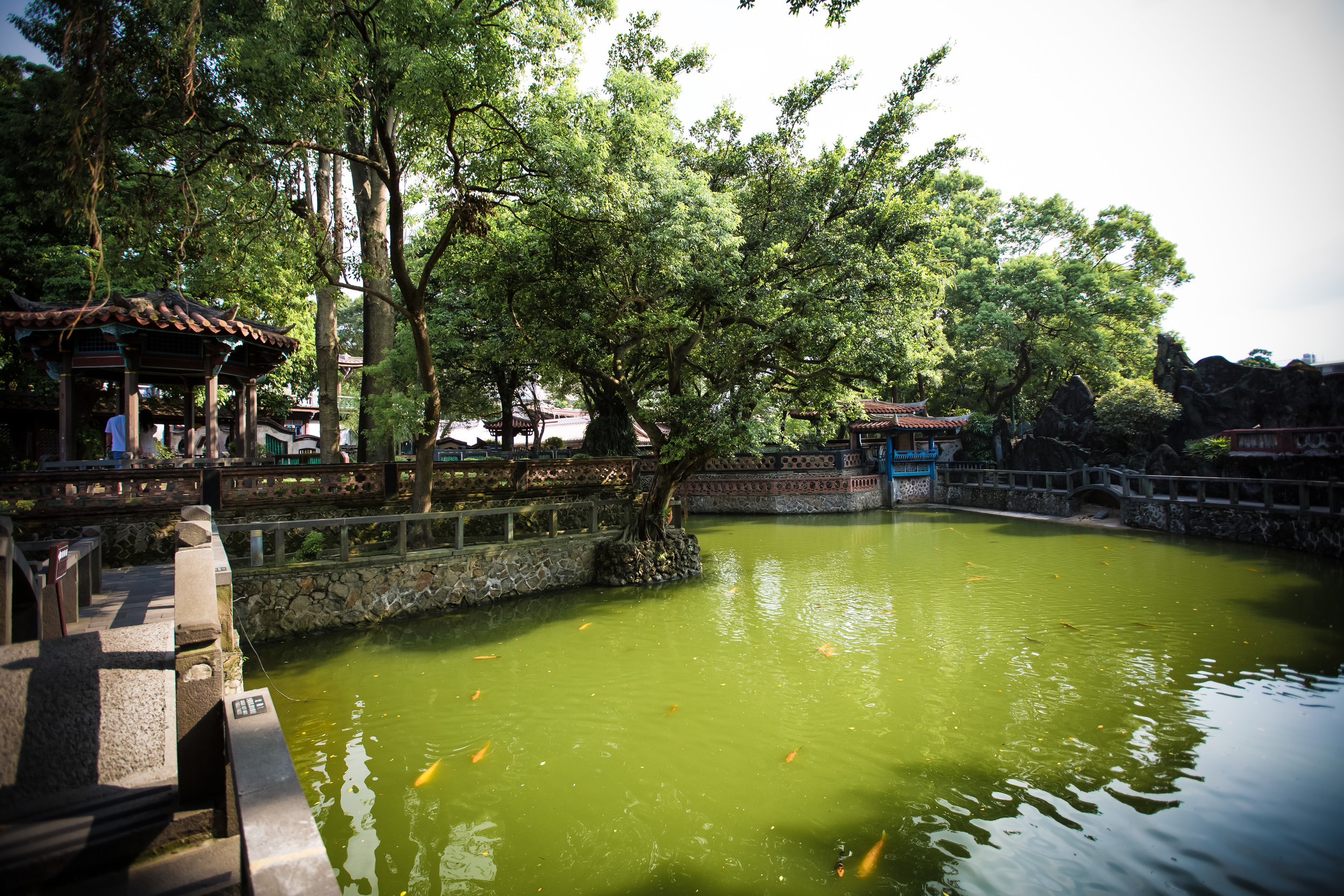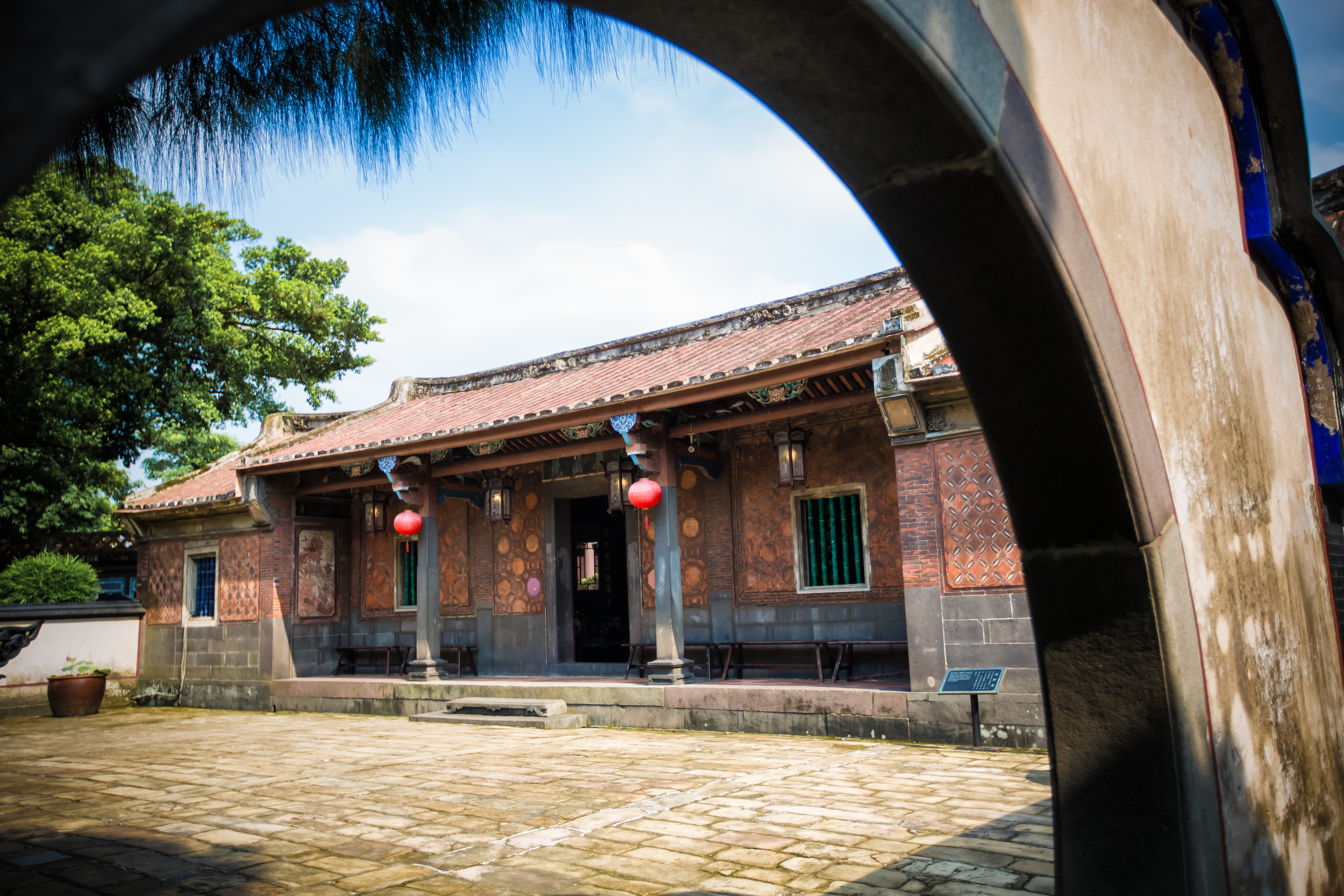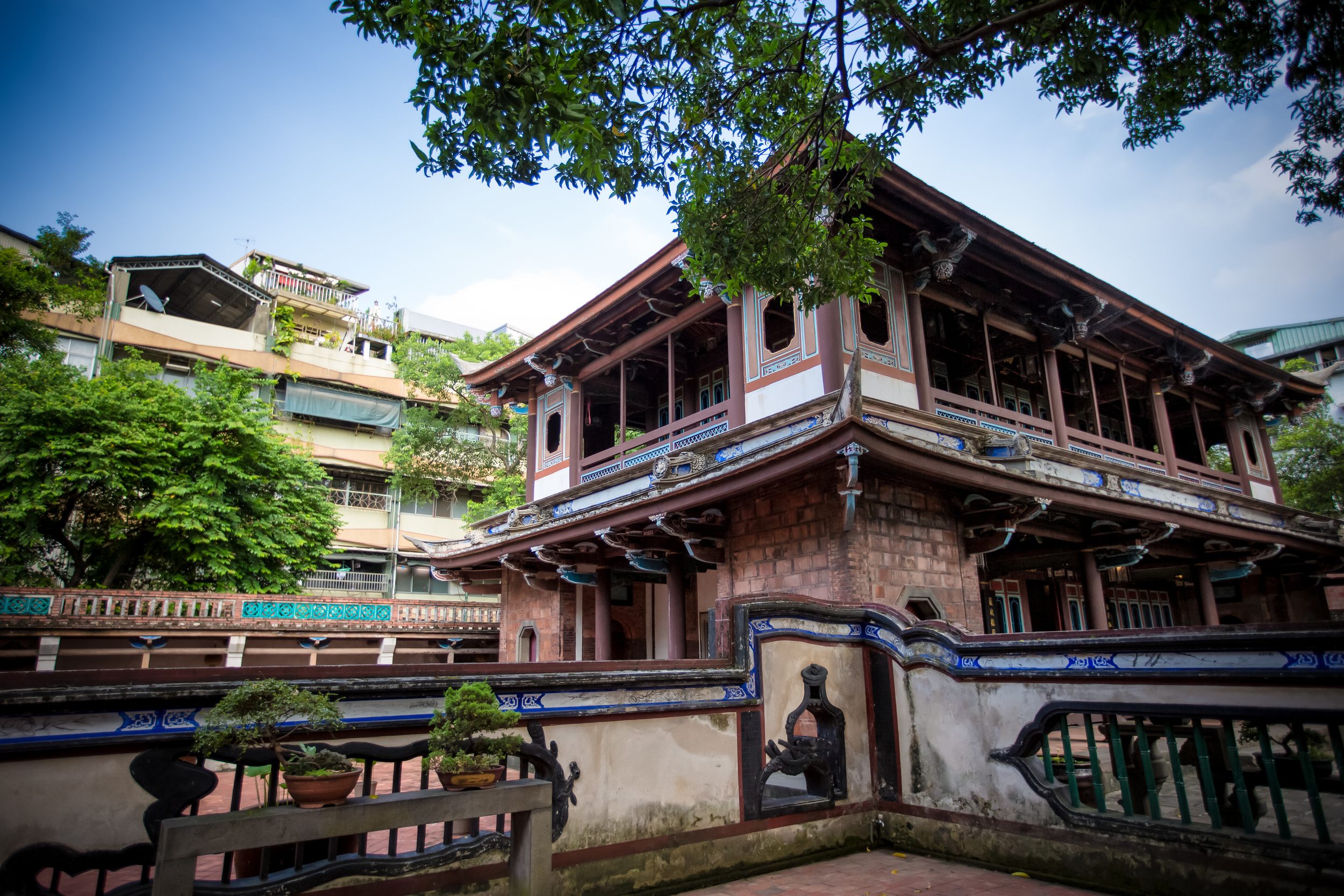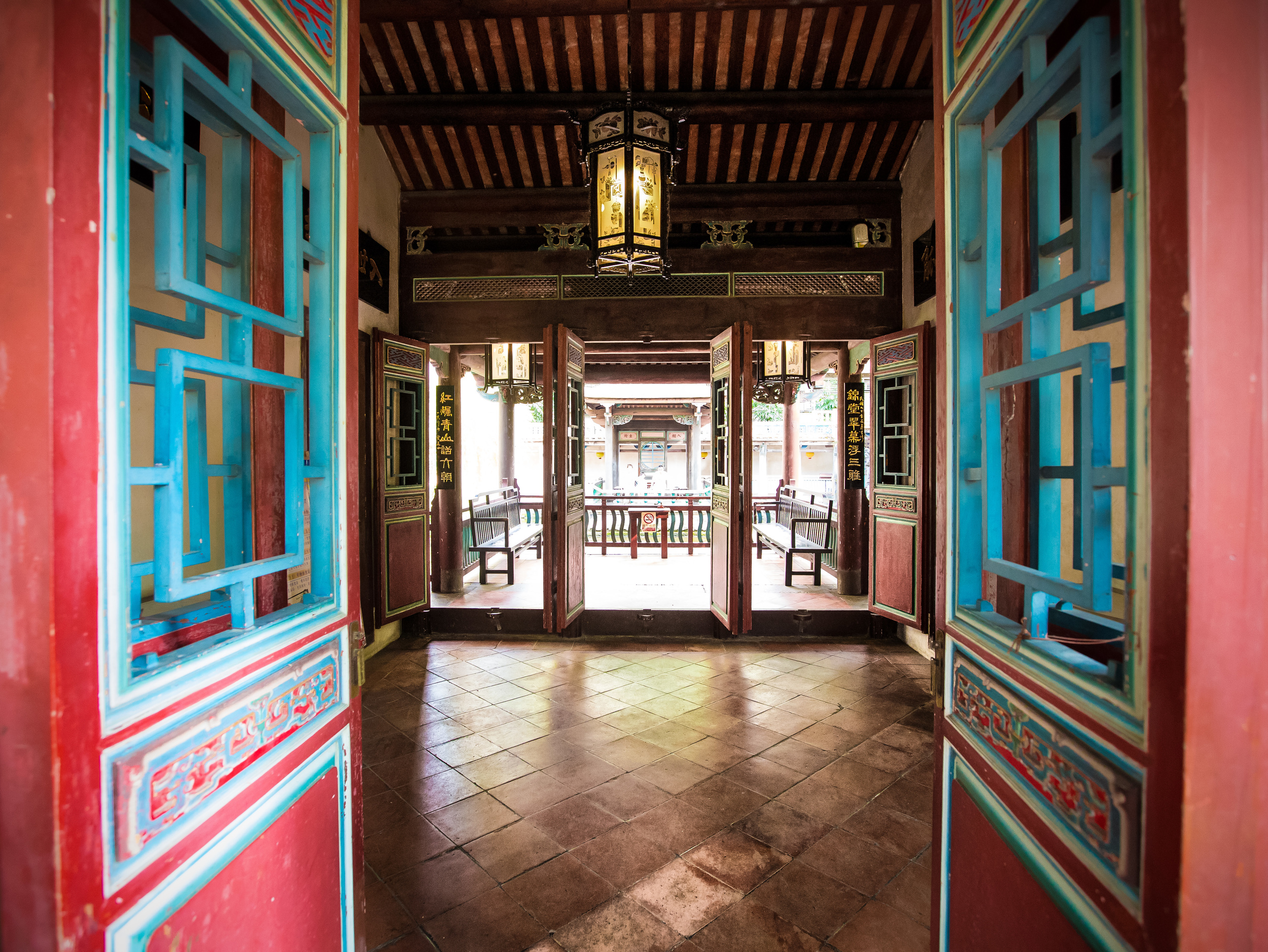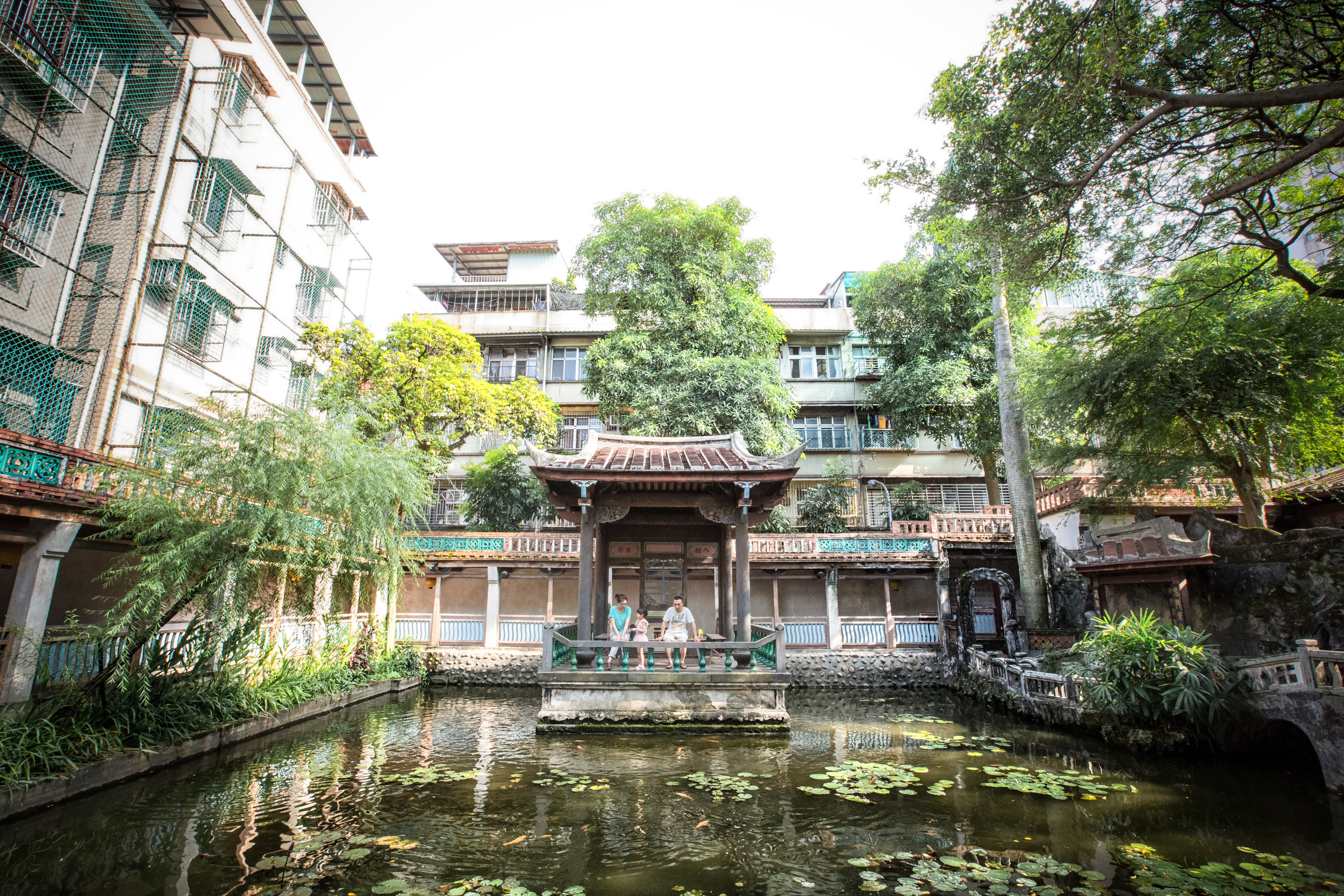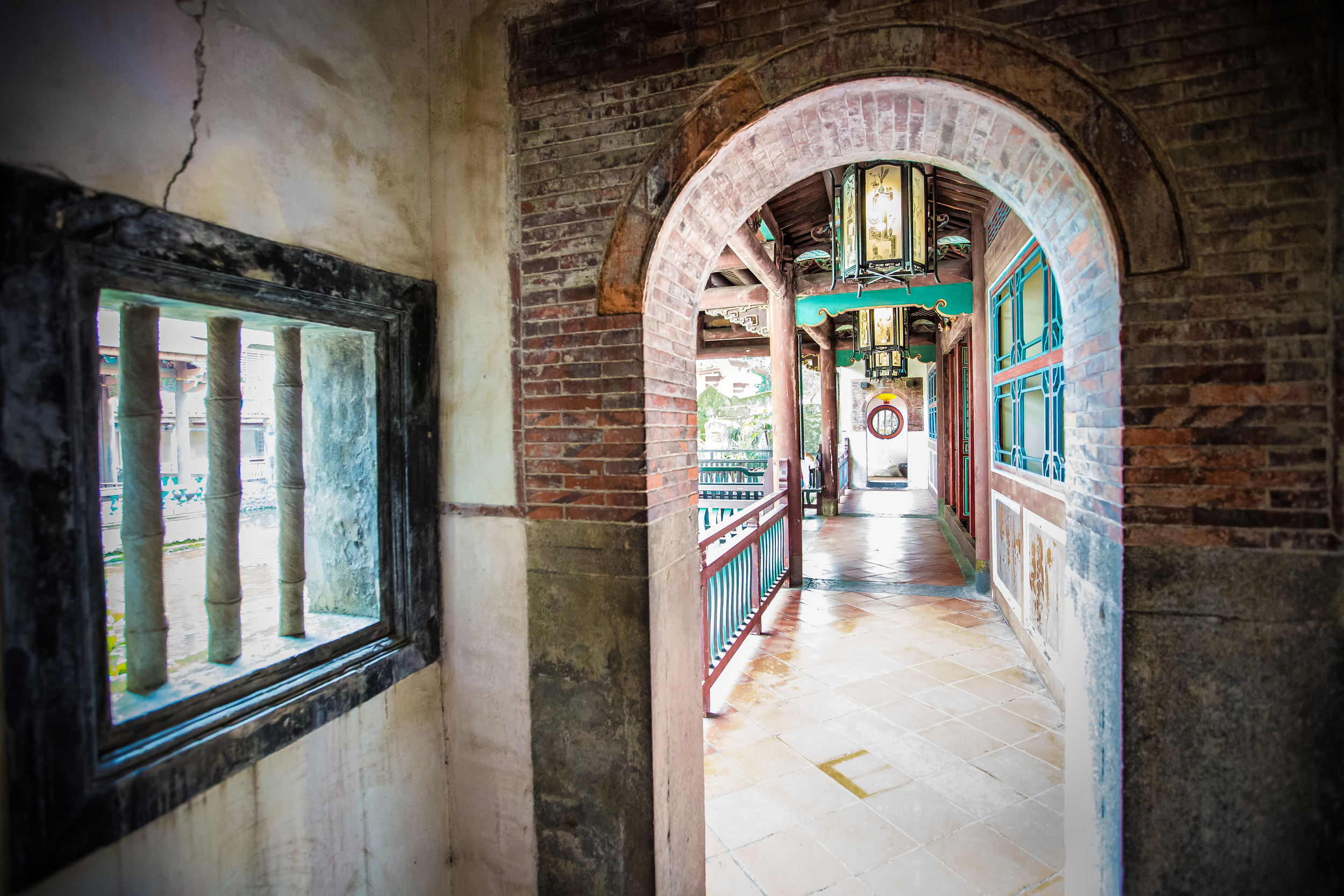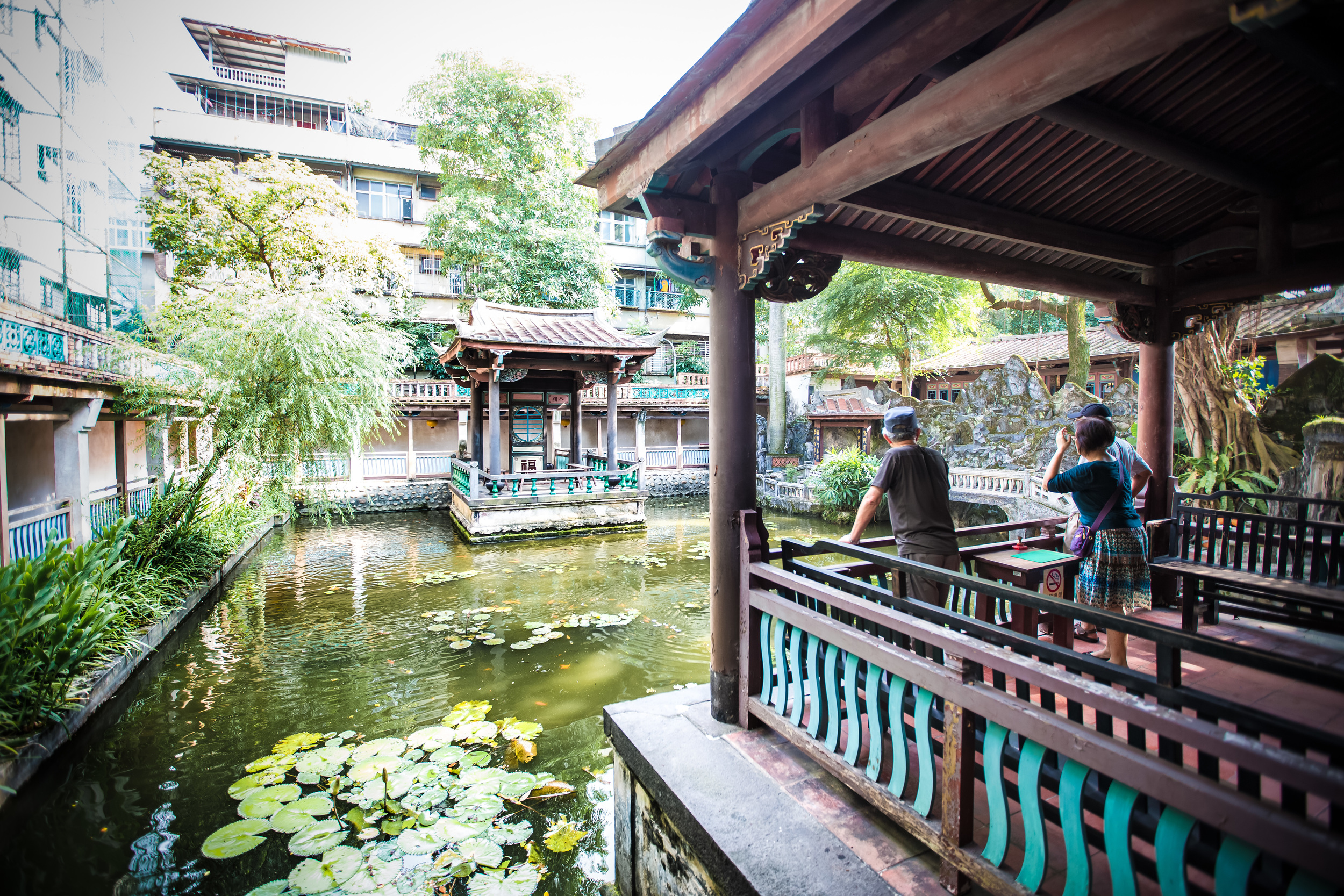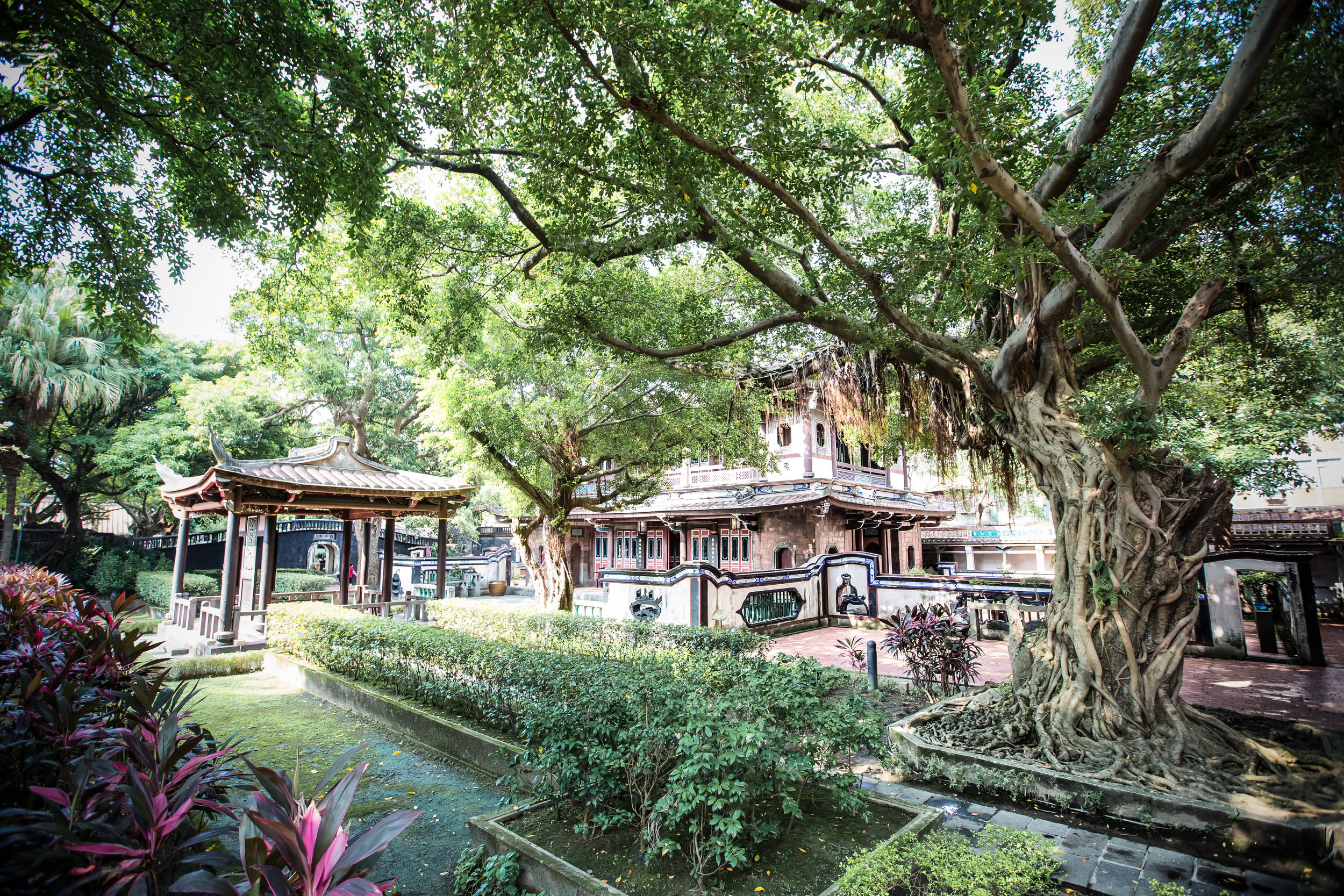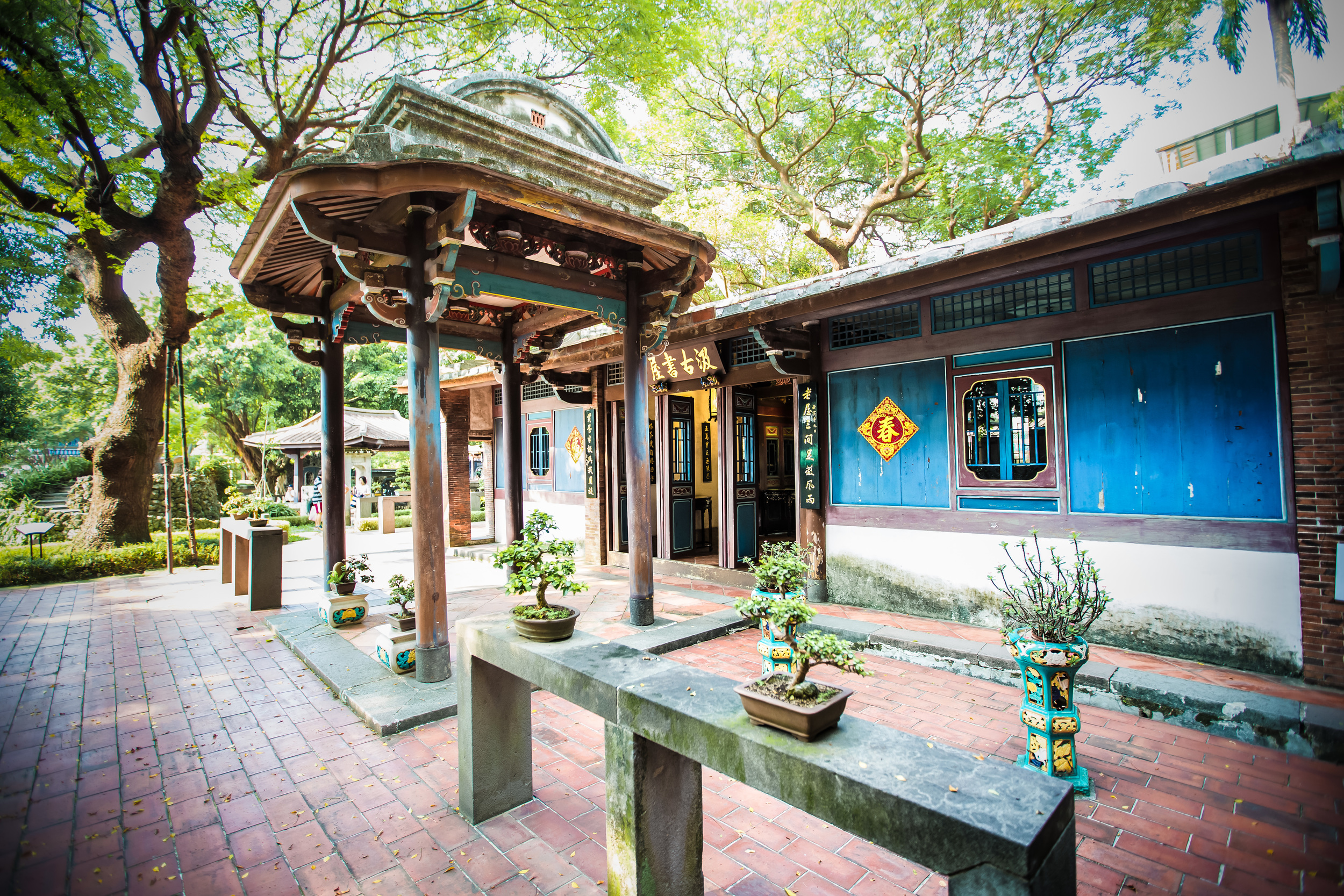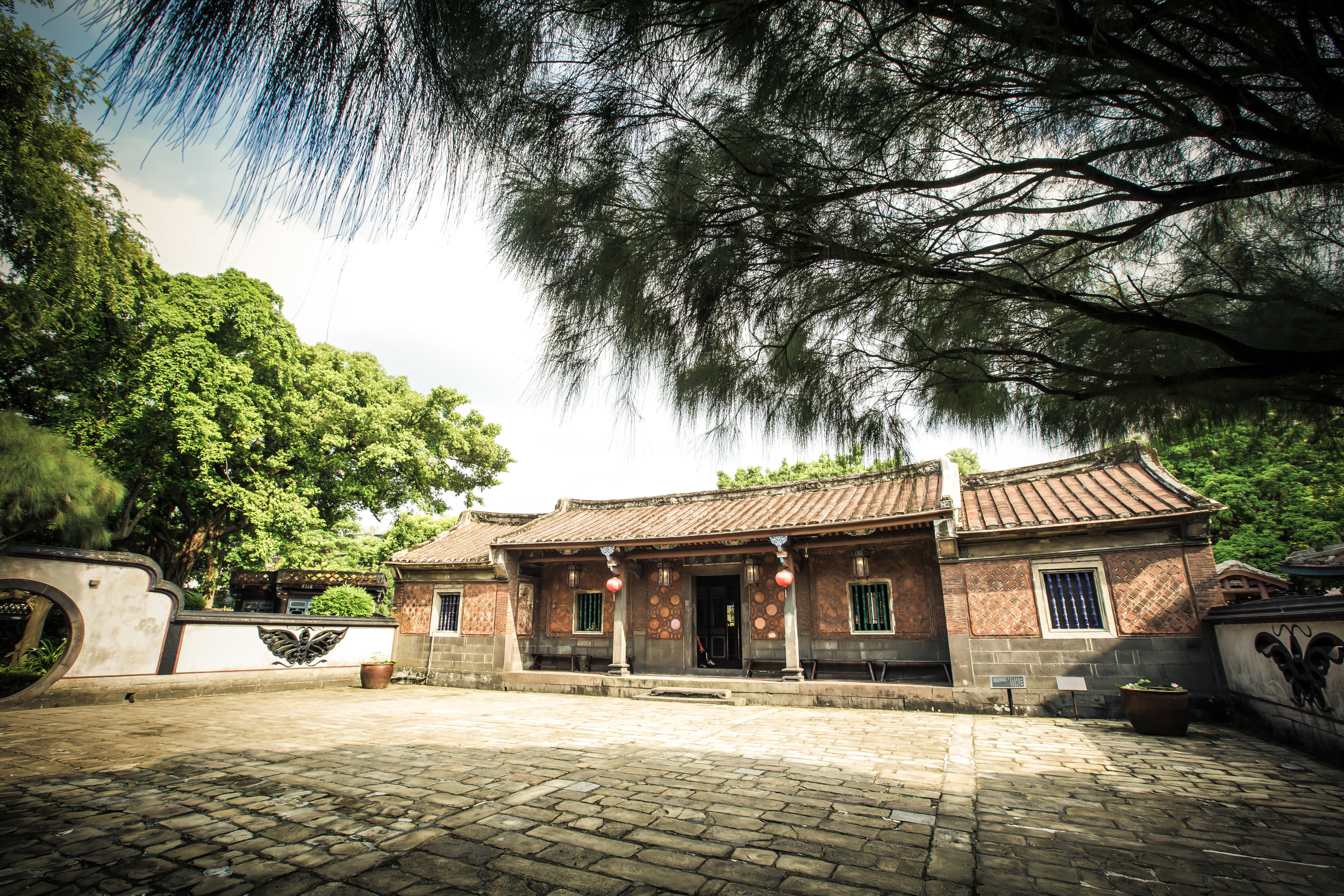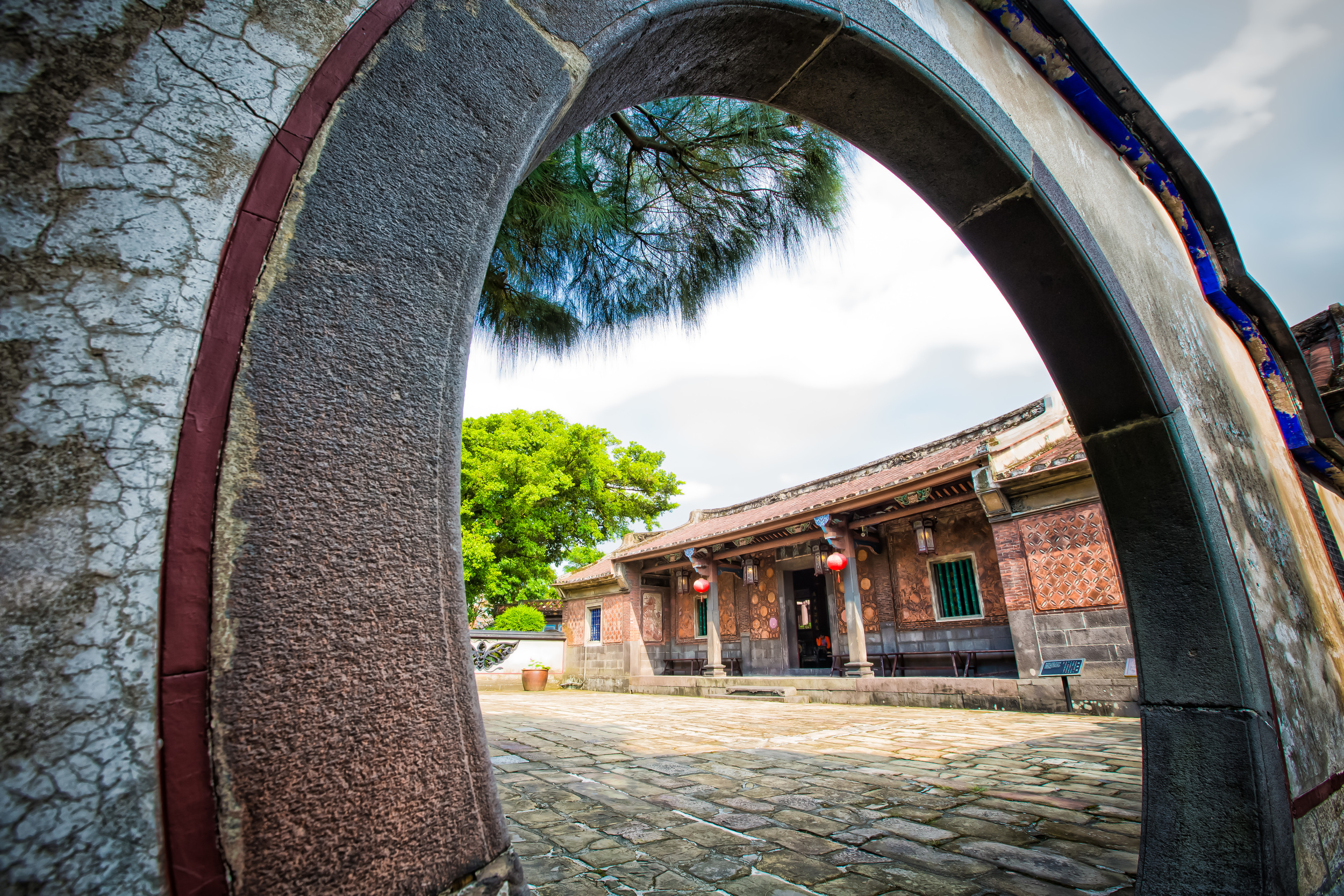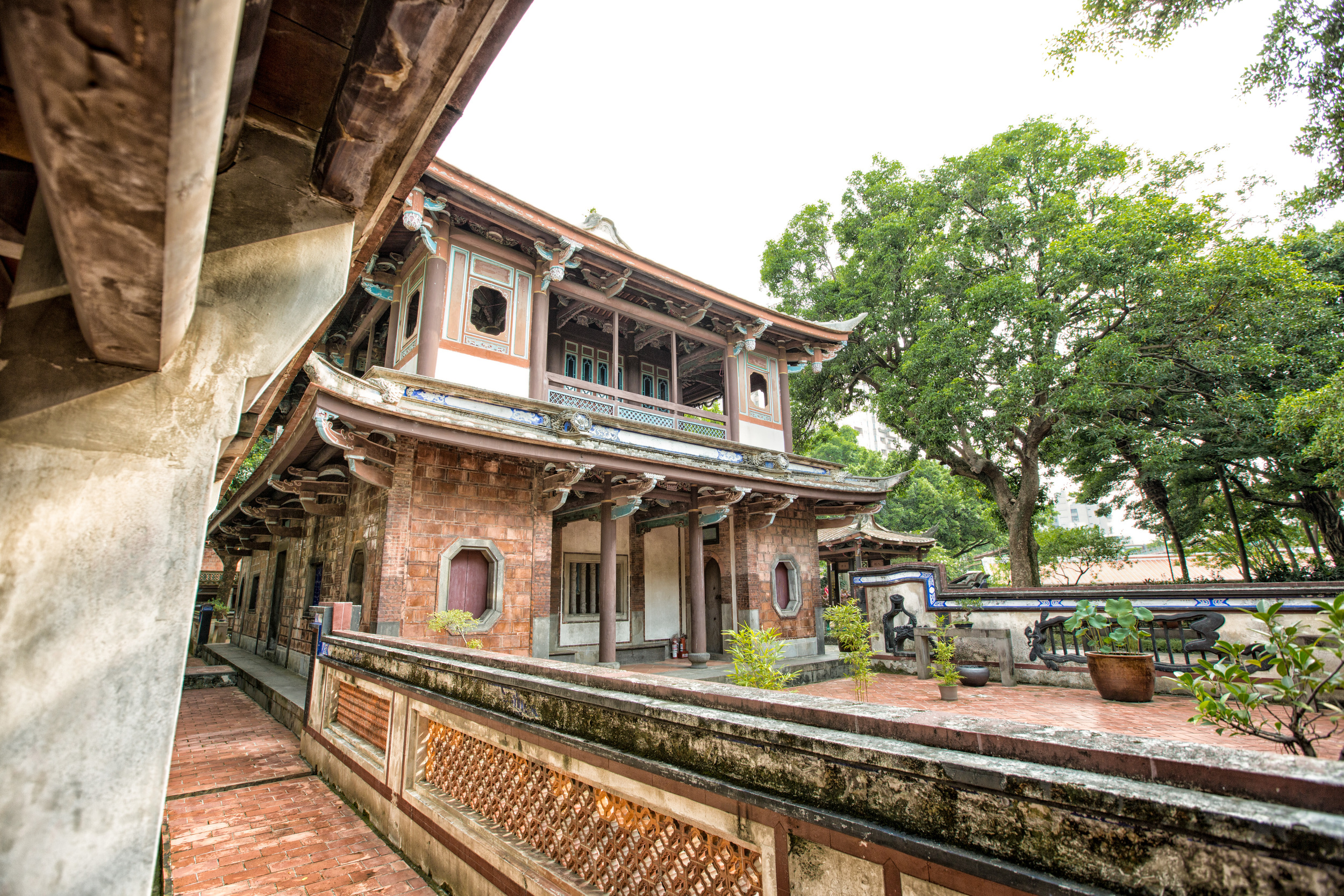My visit to this year‘s Pingxi Sky Lantern Festival (平溪天燈節) was frustrating from a photographic perspective. I wasn't happy with any of the shots that I took and I really didn't like the way the venue was set up and likely took my frustration out (in blog form) on my inability to take good shots on the event itself - I'm writing this blog as somewhat of an apology for my complaints last week and as a way to make it up to you for some crappy shots.
As a backstory, getting to Pingxi that day for the Sky Lantern festival required an early start to day, driving to the bus station in Zhongli (中壢), meeting up with friends, taking a bus to Taipei, taking the MRT to the Taipei Zoo and then waiting in line for the bus and taking the bus to Pingxi. The whole trip took nearly four hours and then had to be repeated on the way home with an additional two hours of waiting in line for the bus from Pingxi to Taipei Zoo.
After all that travelling time, taking shitty shots of the event was maddening and I can't blame that on the organizers or all the photographers who had three meter tall tripods (making my beloved Carbon-Fibre Manfrotto look like a hobbit) - I can only blame myself.
Let me reiterate that the Pingxi Sky Lantern festival is an awe-inspiring event and the accolades it receives internationally as being one of the world’s premiere cultural attractions are well-deserved. (Fodor's Travel) If you have the chance to attend the event, I think you should definitely seize the opportunity and get yourself there.
I still stand by what I wrote in my previous blog entry about the pros and cons of attending the event. I think there is still room for improvement, but I believe that the organizers in the New Taipei City government have done a great job in organizing this massive event. I would hope in the future that they continue to improve to make it even more enjoyable and for everyone involved - especially children who are vertically challenged.
I went back into the archives to find some old shots from the Sky Lantern Festival and have re-processed them to share with everyone just to show what an amazing experience the Pingxi Sky Lantern can be! The 2015 Sky Lantern festival wrapped up earlier this week on March 5th which was the last day of the Lunar New Year celebrations – if you missed it, you'll have to wait until next year.
You can still visit Pingxi though and you can easily fly your own sky lanterns year-round. It is relatively inexpensive (NT$200-300) and a pretty cool experience writing your own wishes with a calligraphy brush on a lantern before sending it flying away in the sky!
Enjoy the "new"-old shots.
Gallery (Click on Image to Enlarge)
